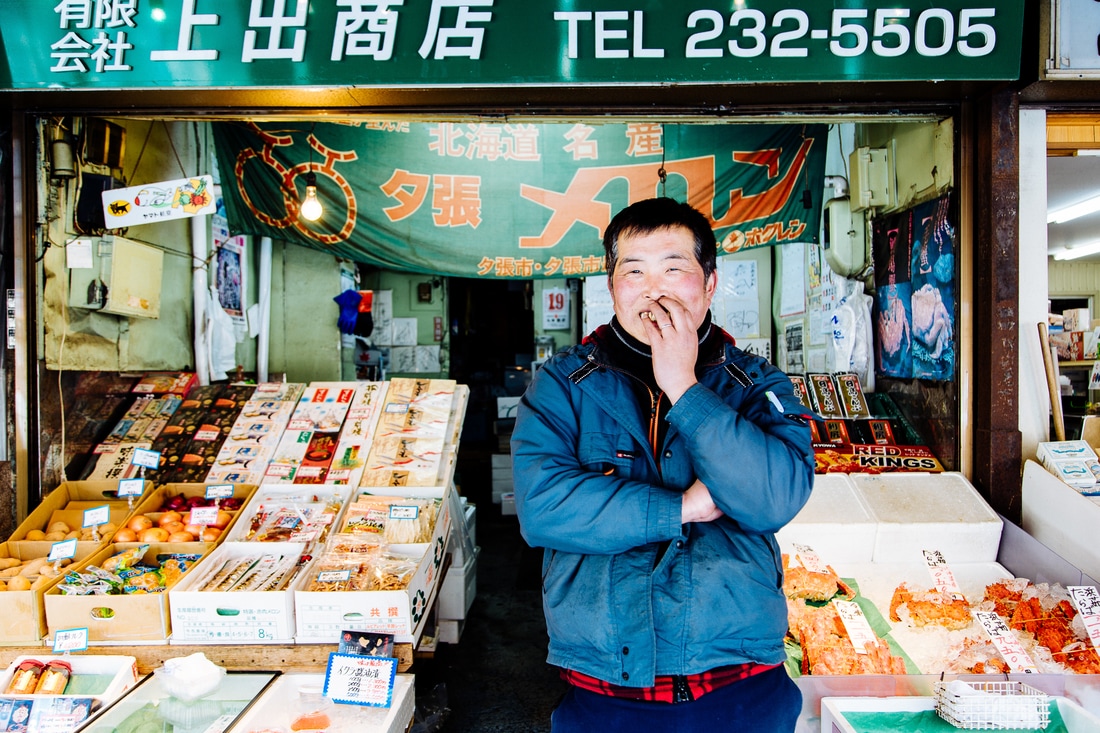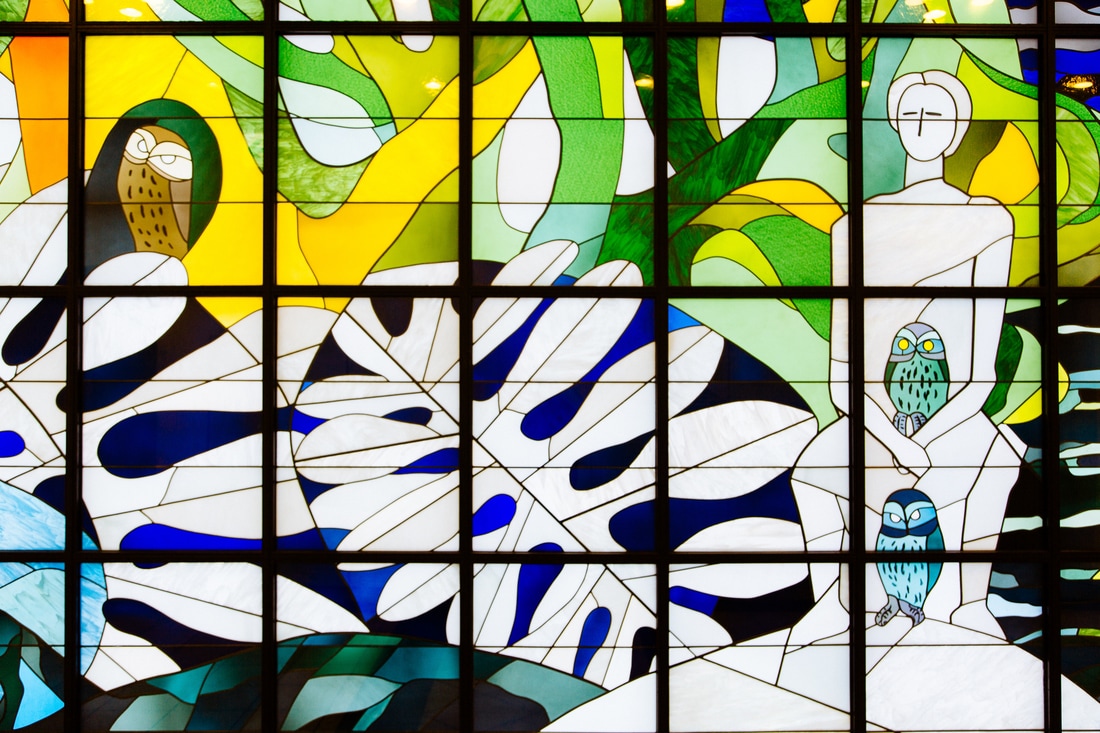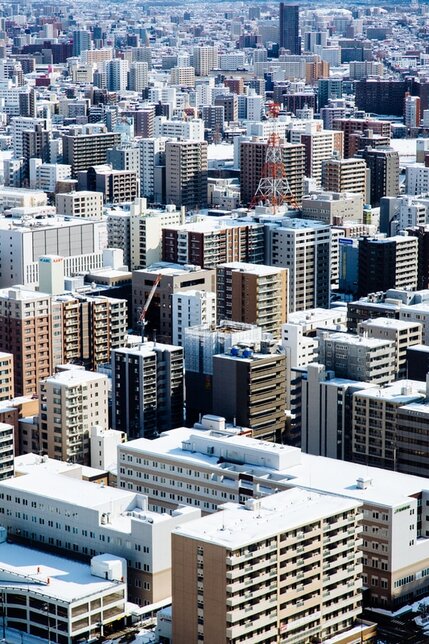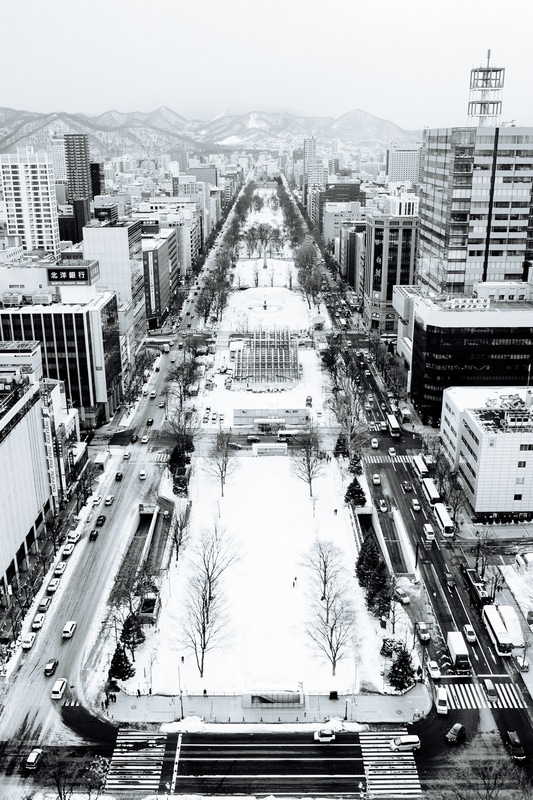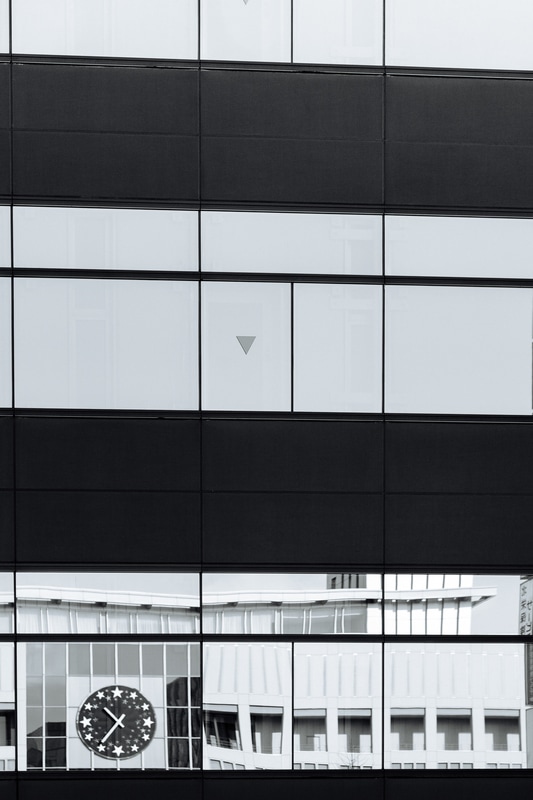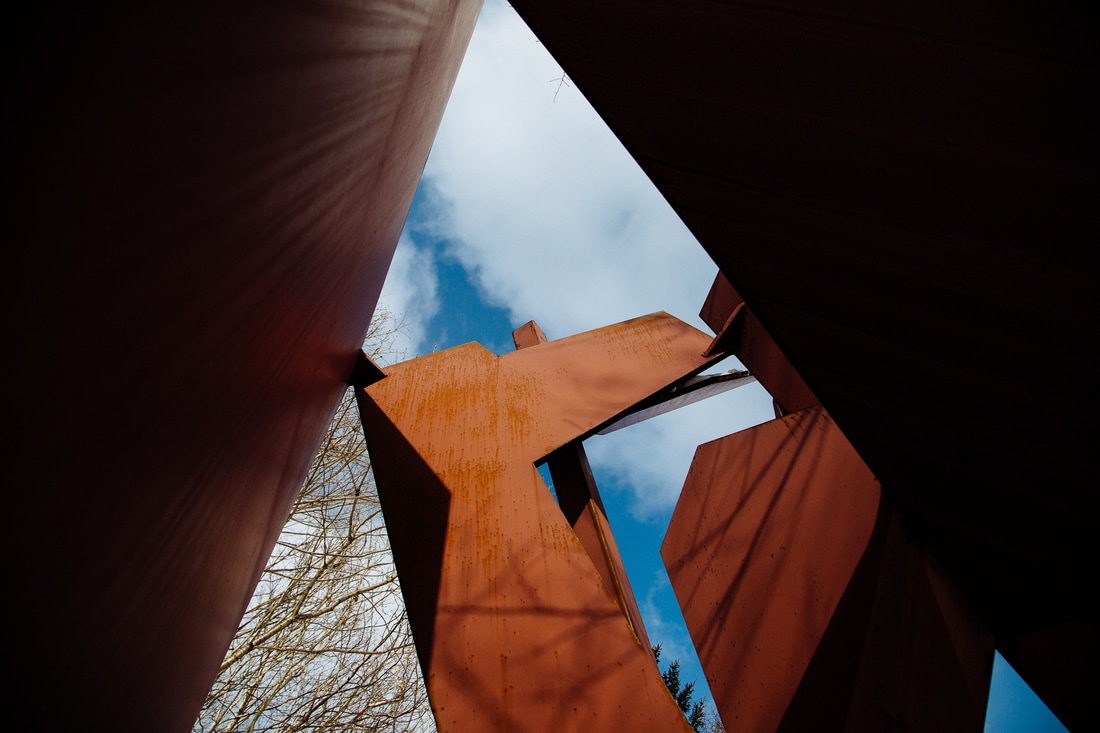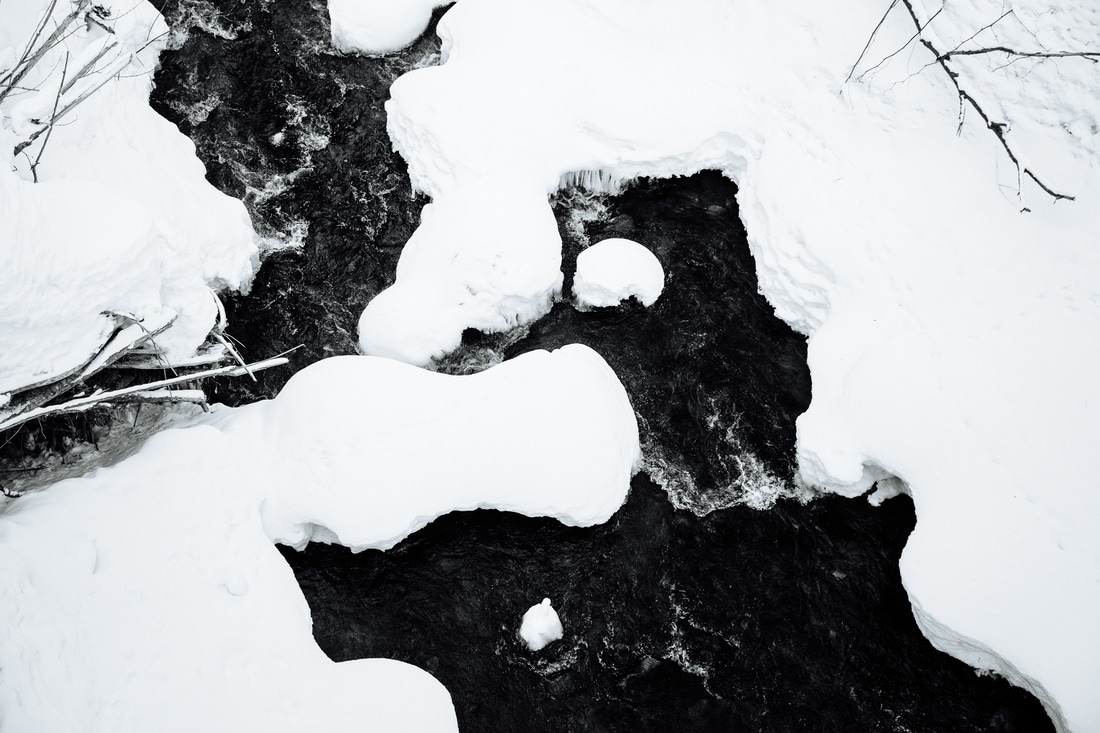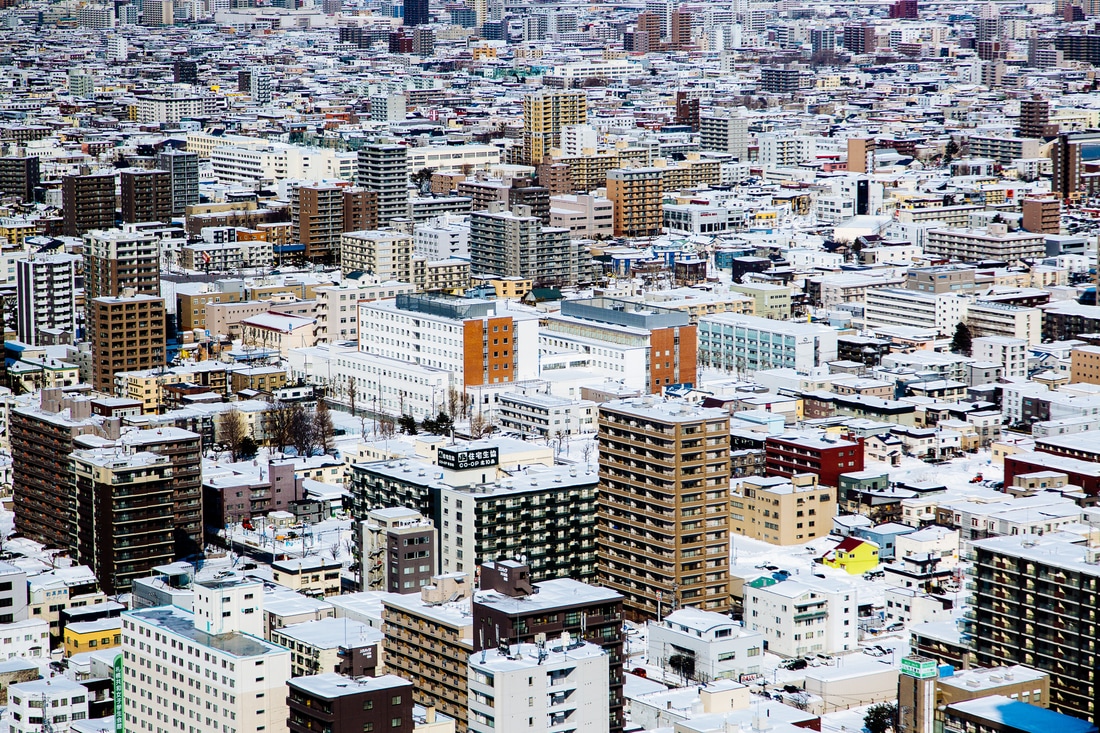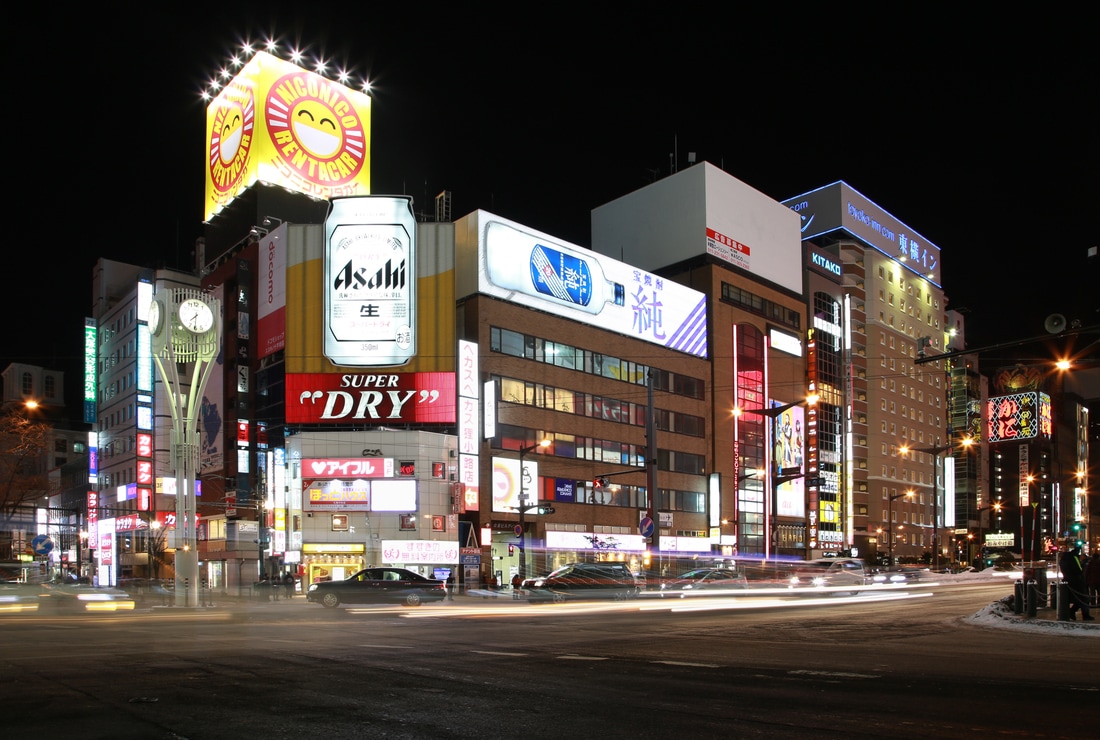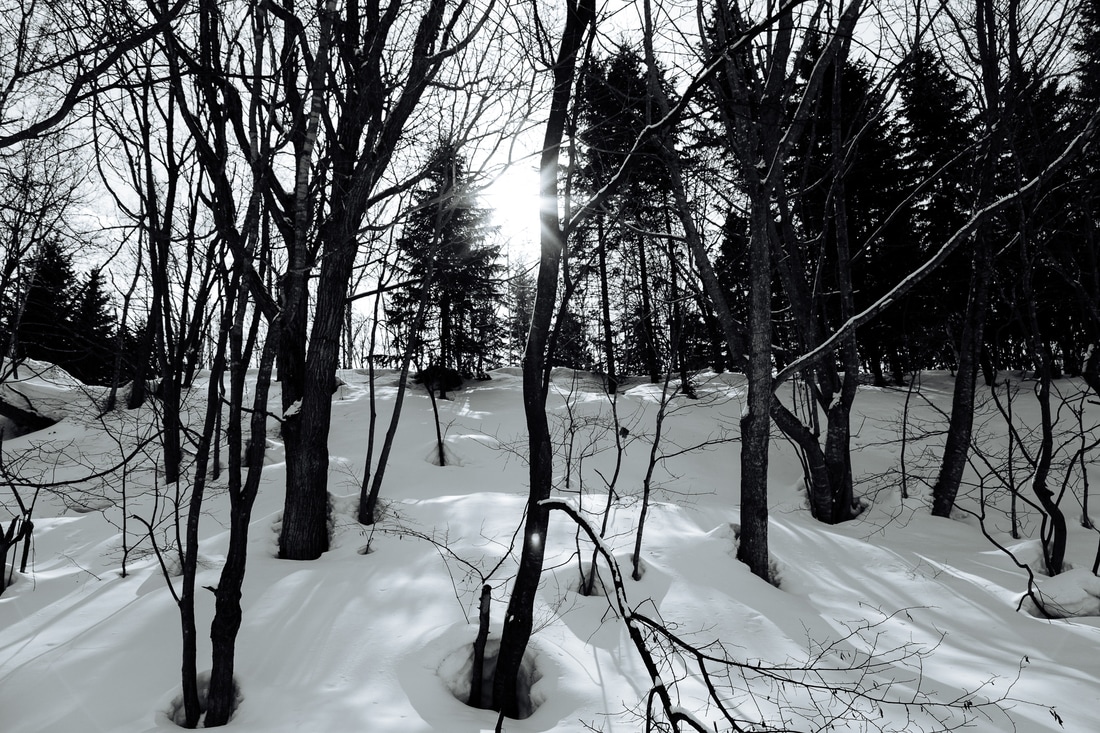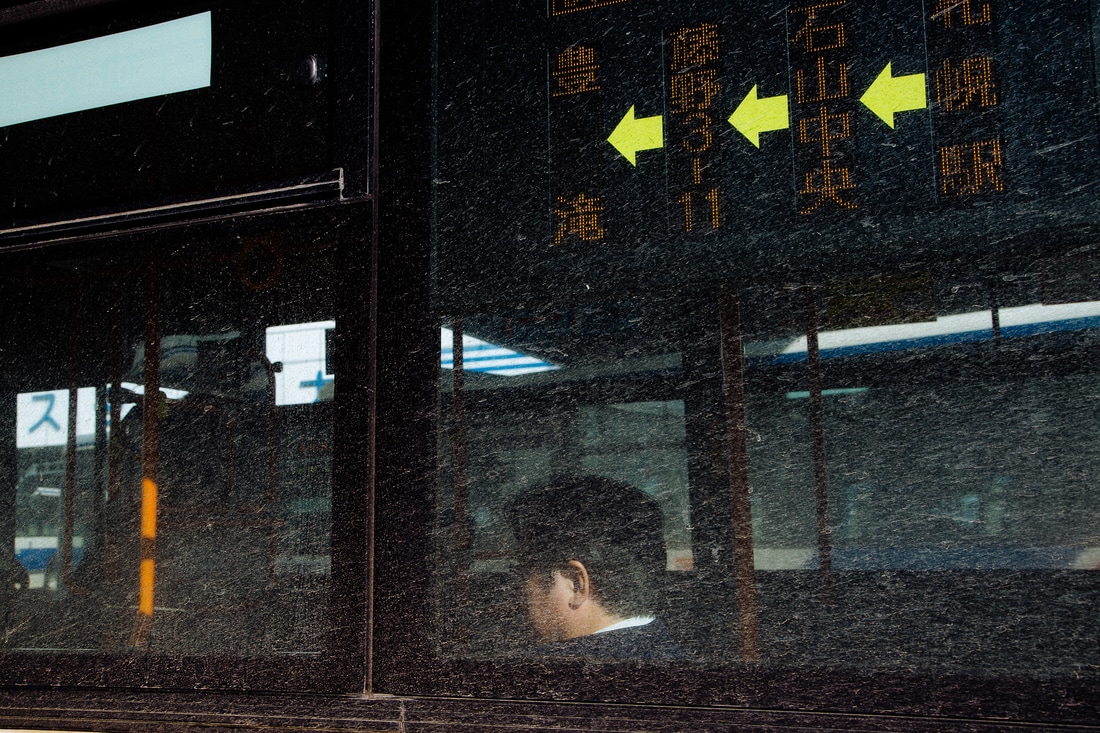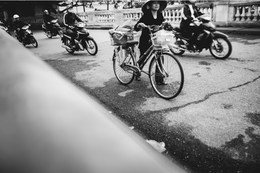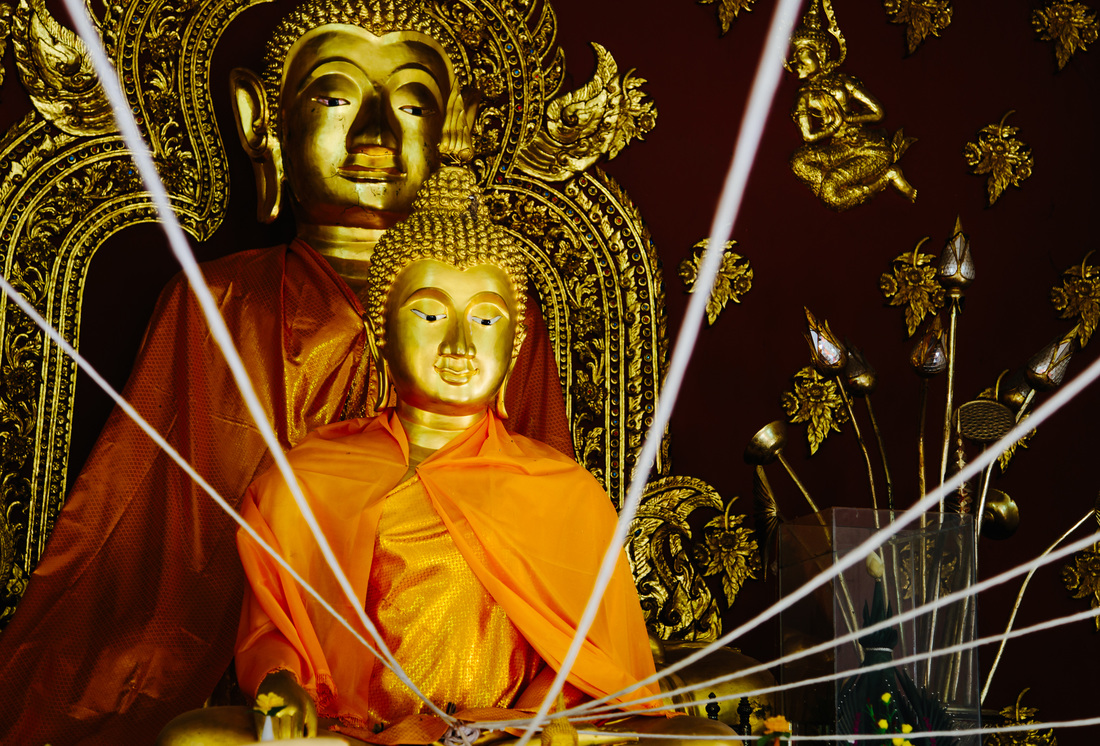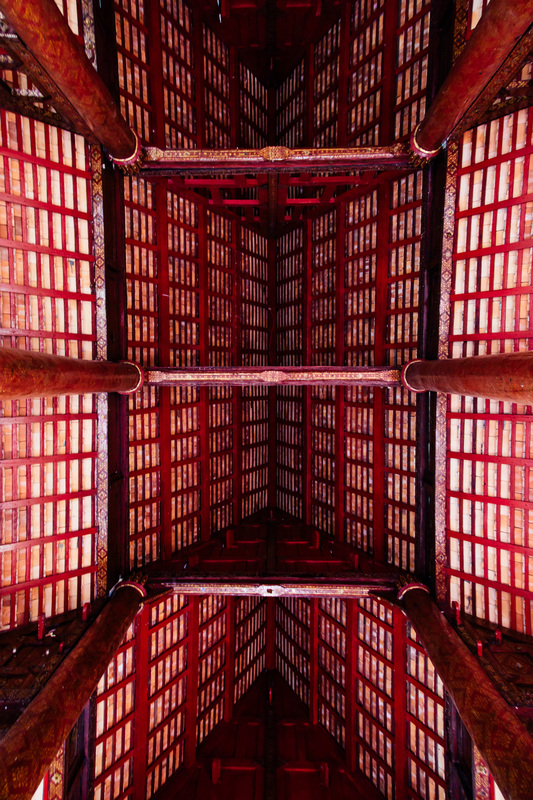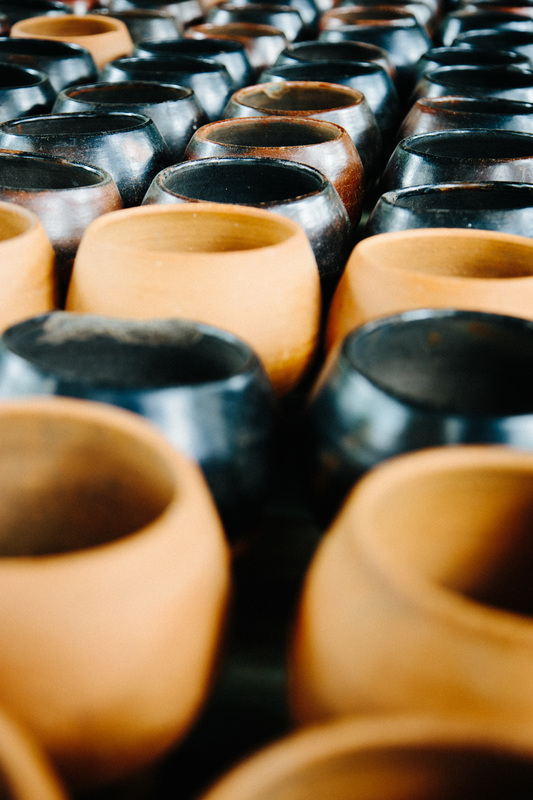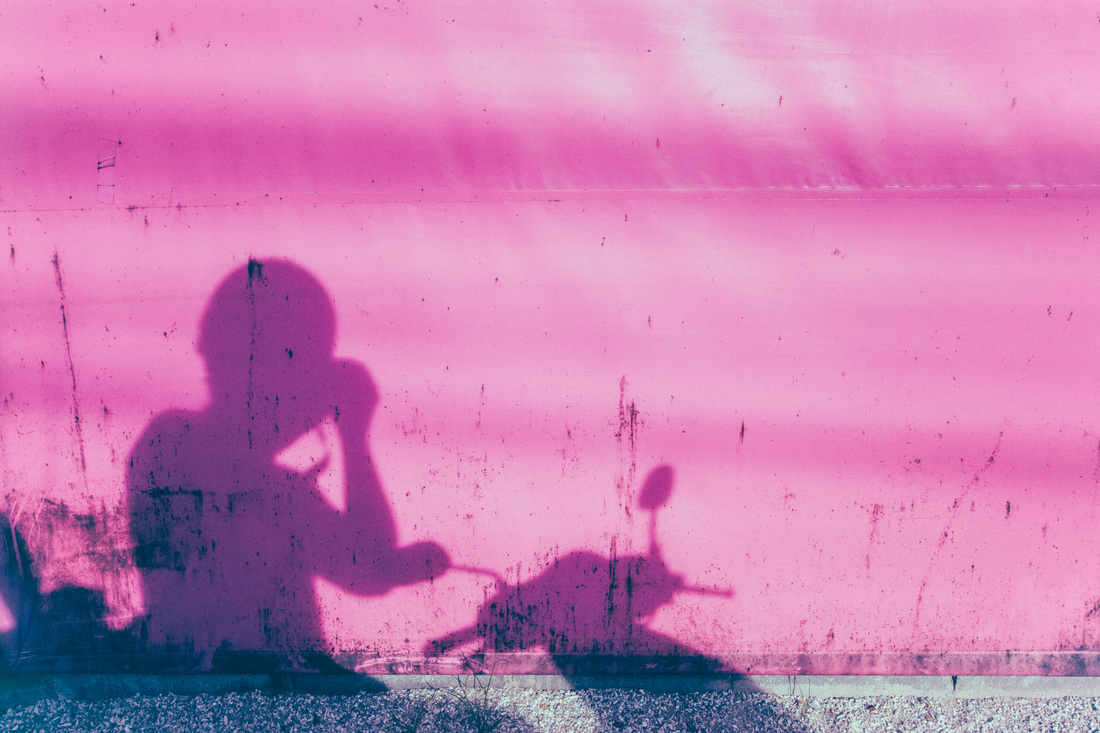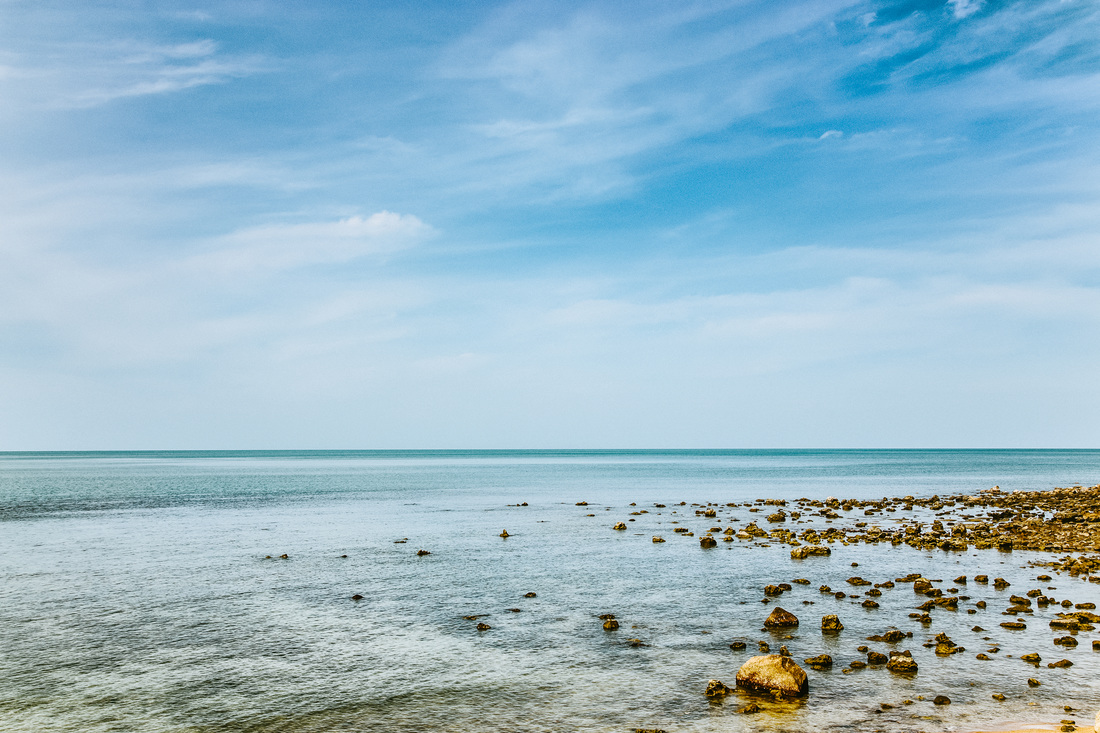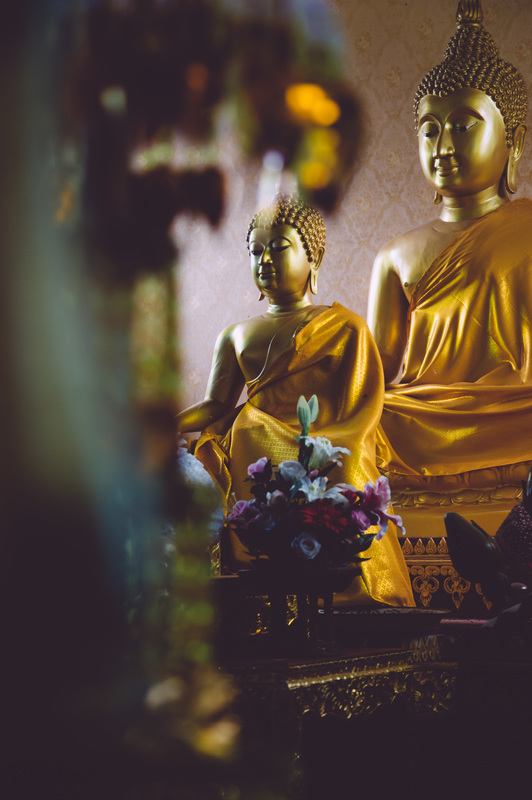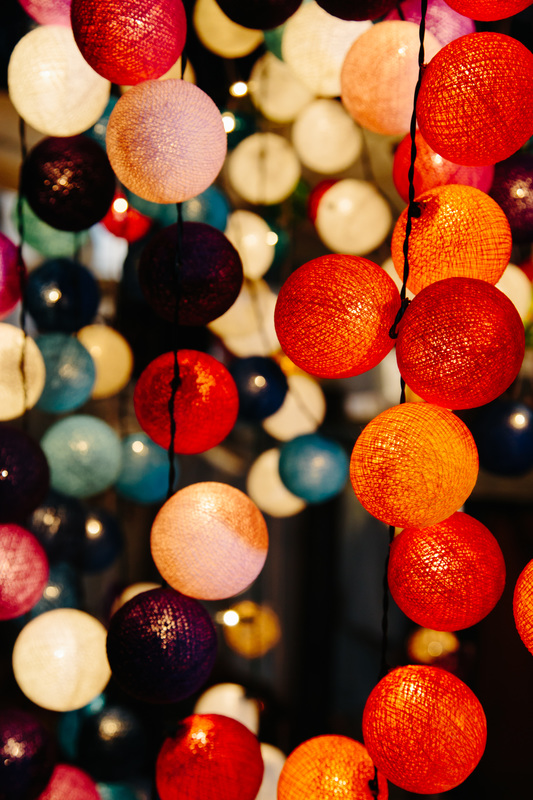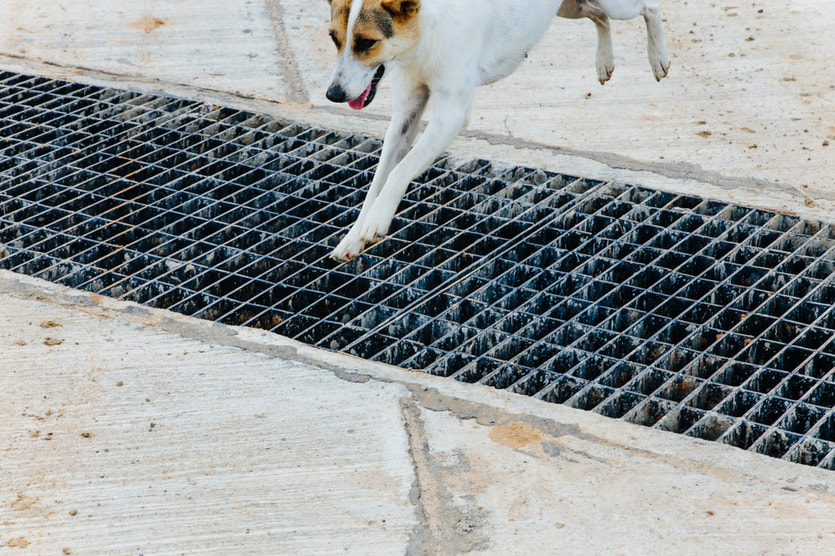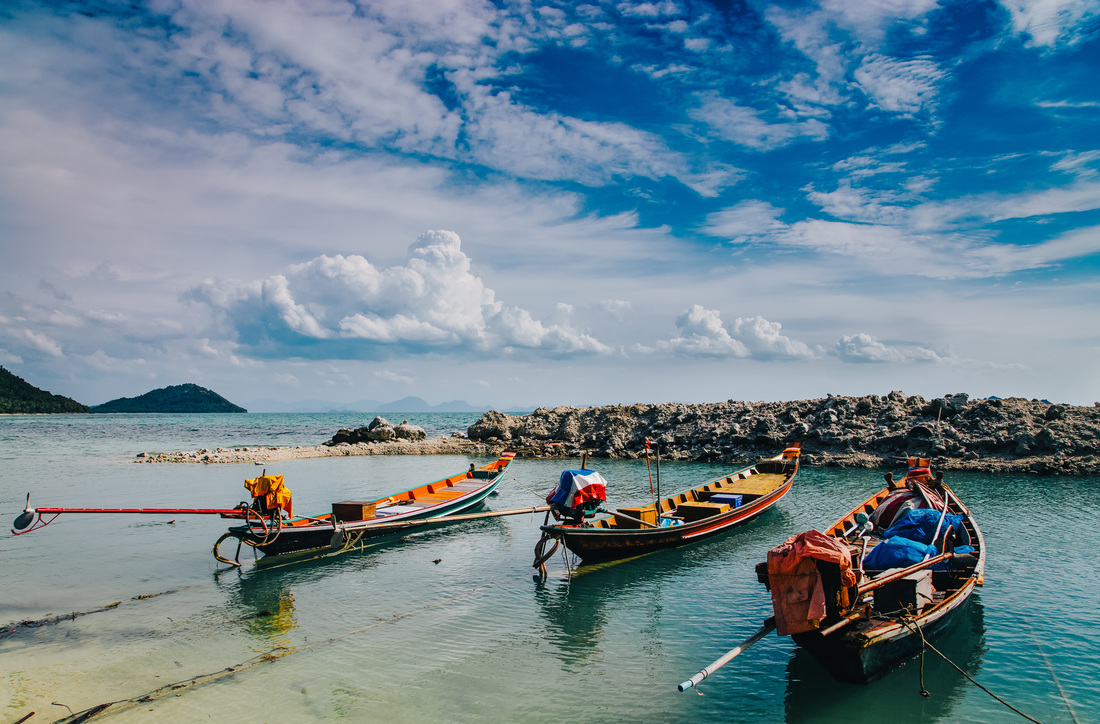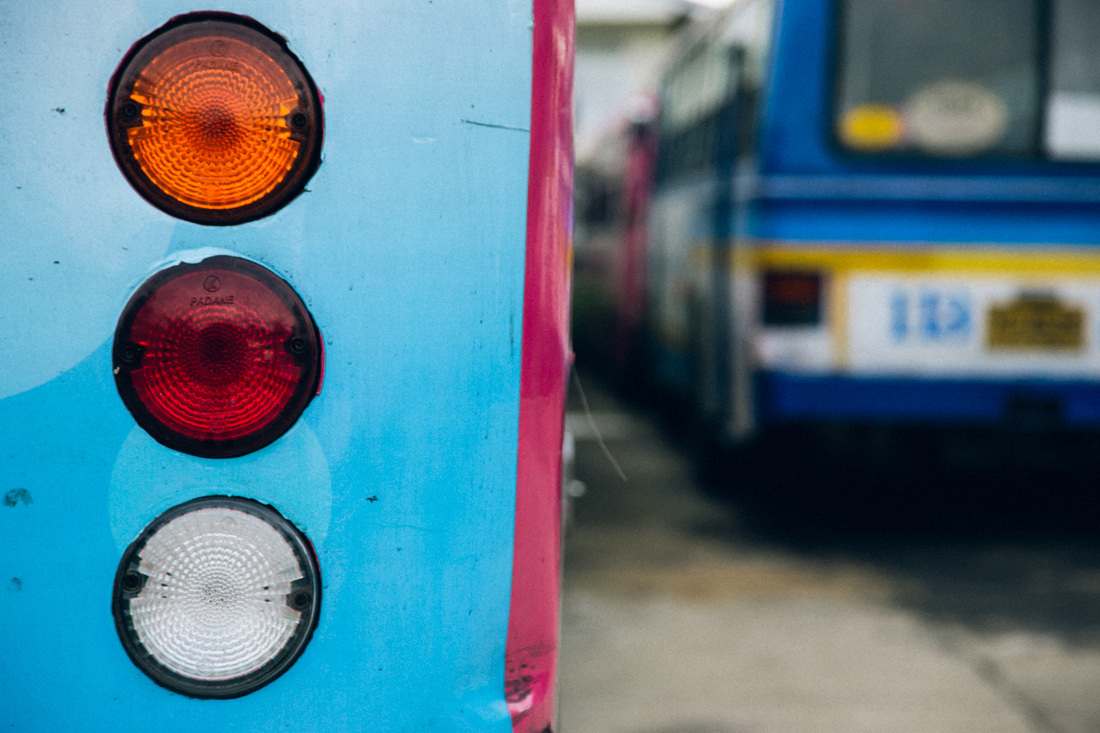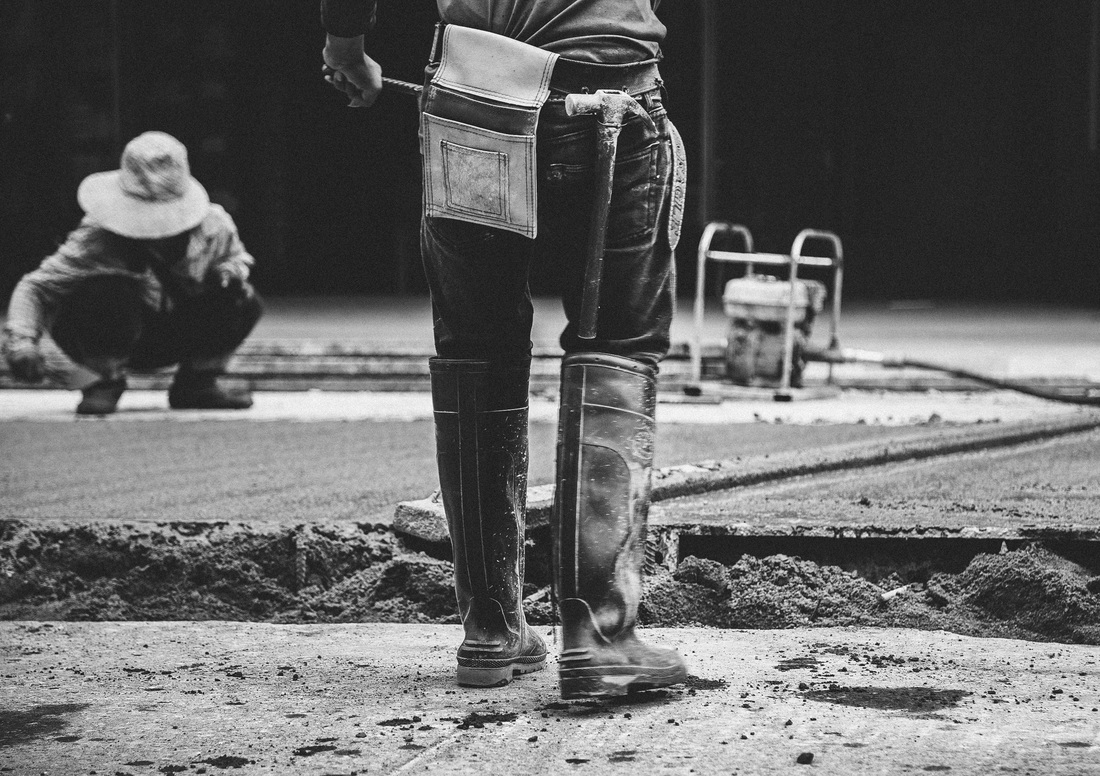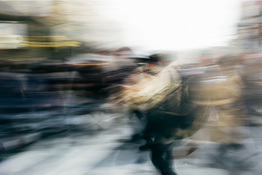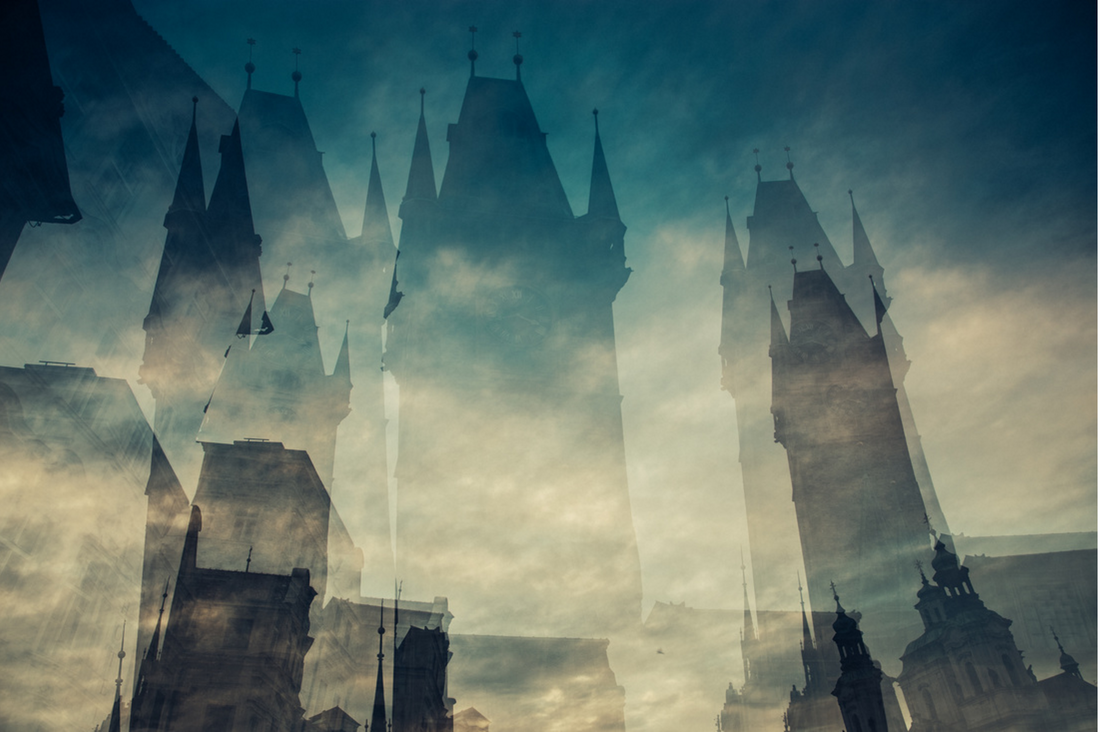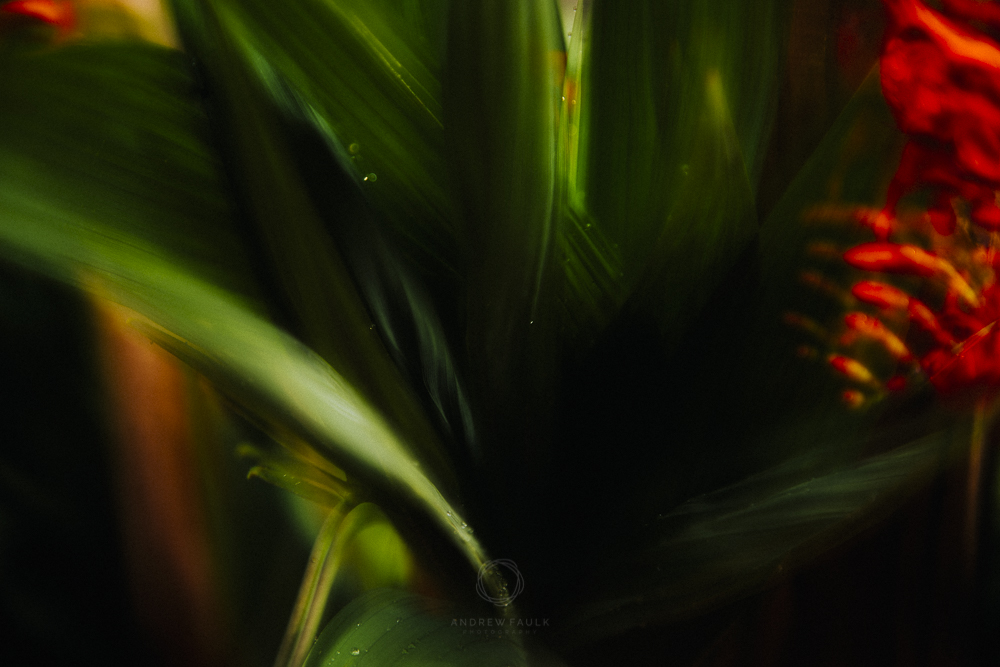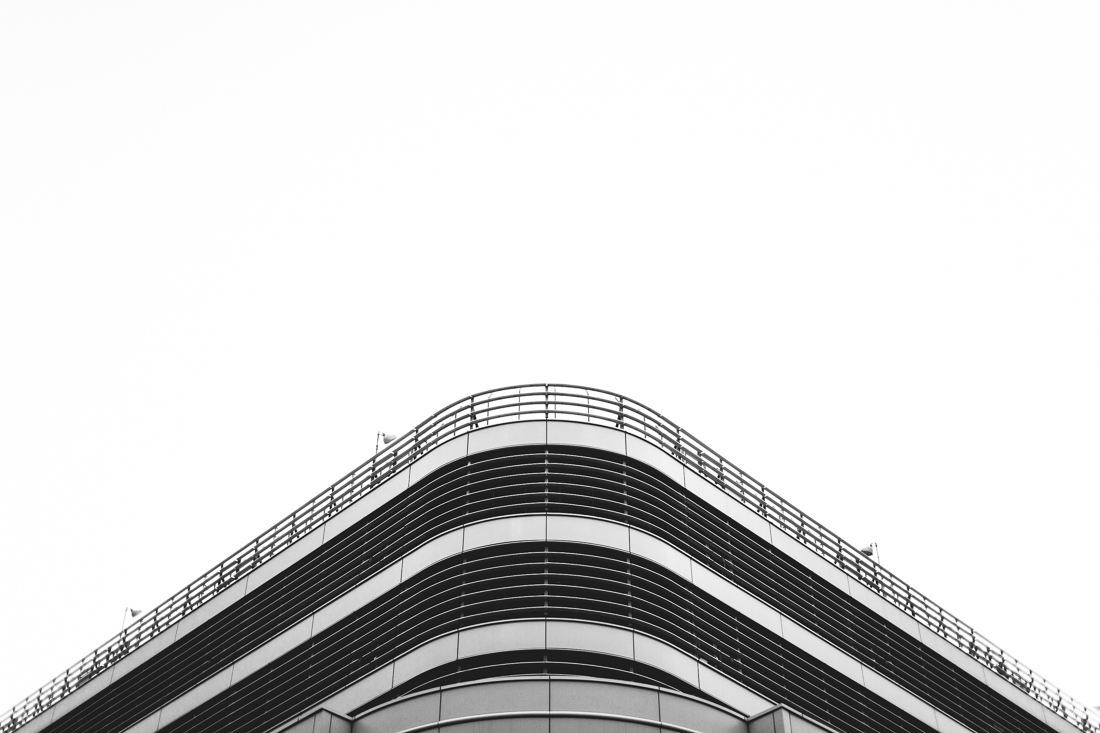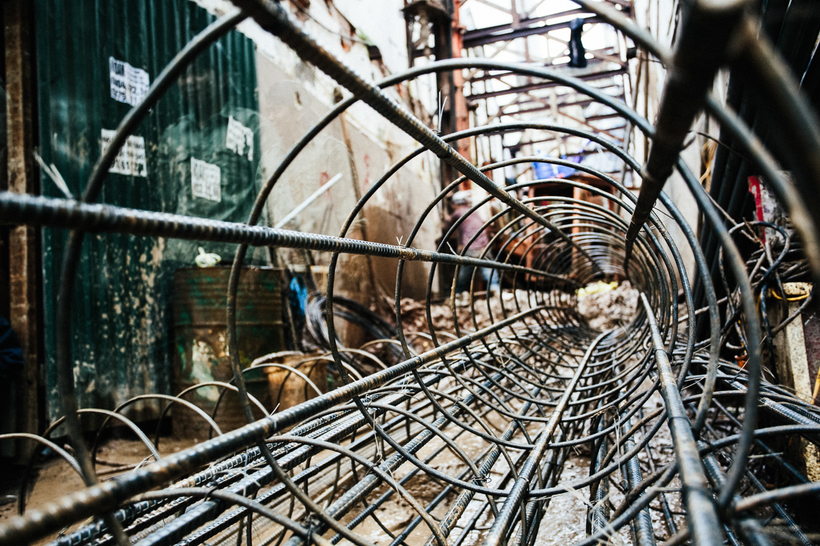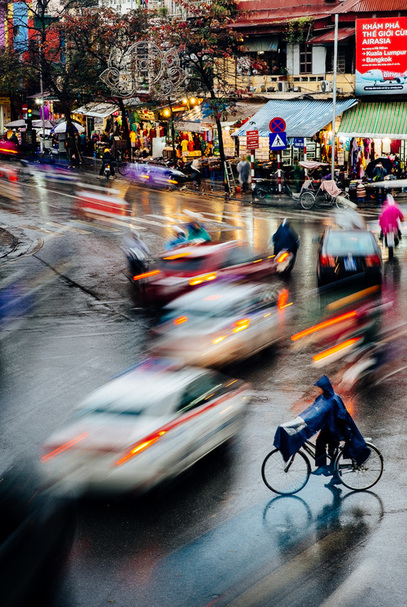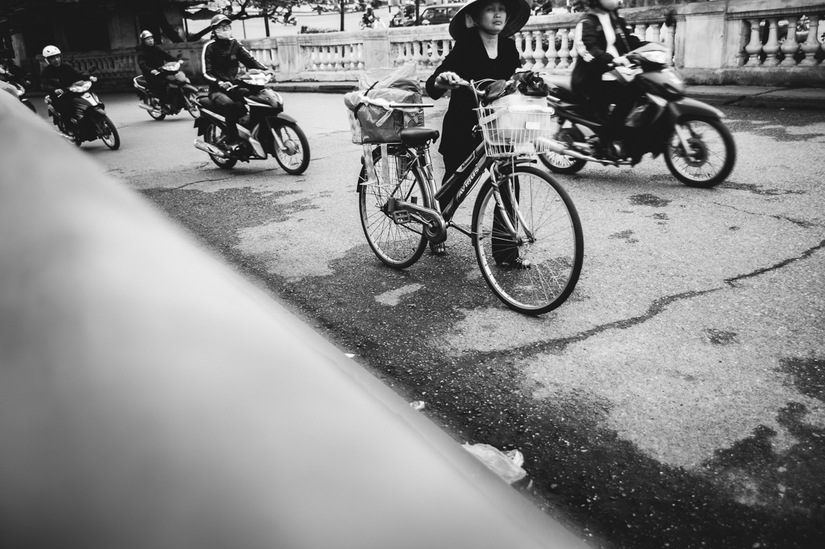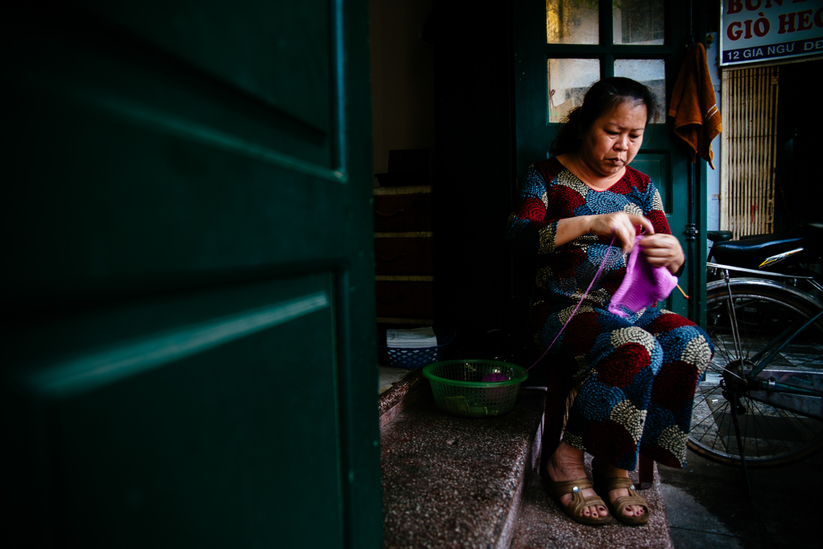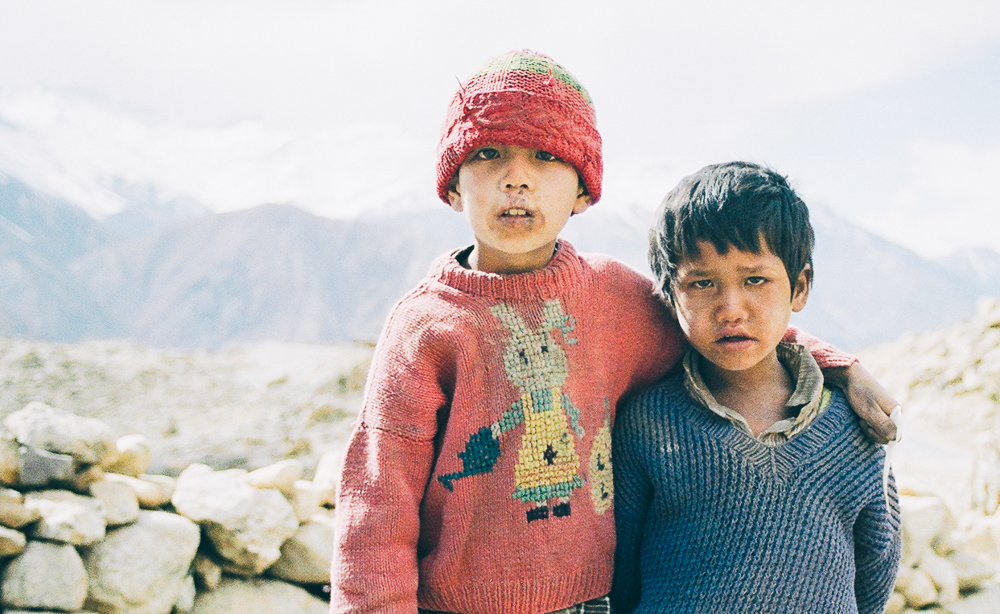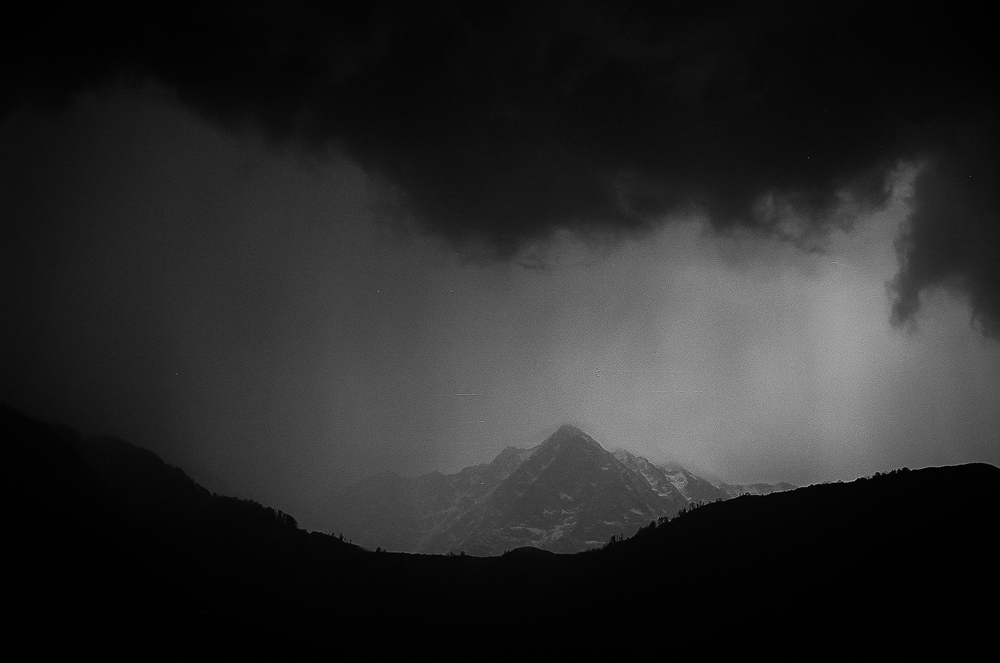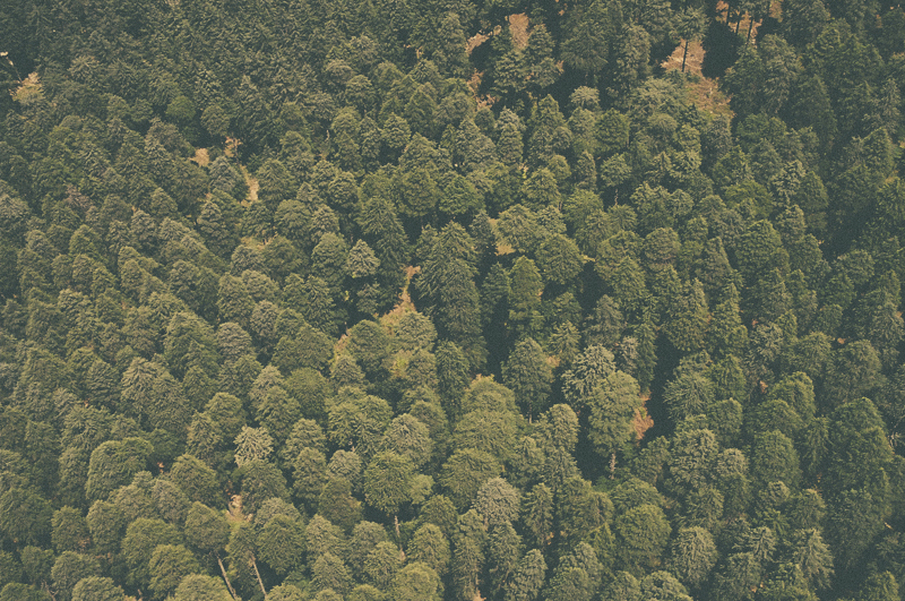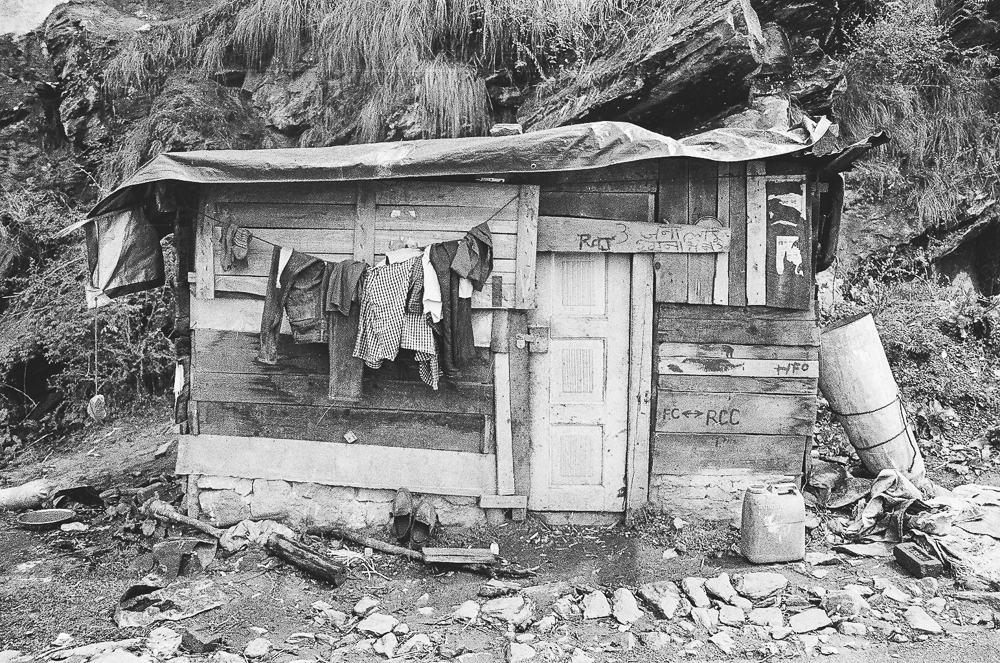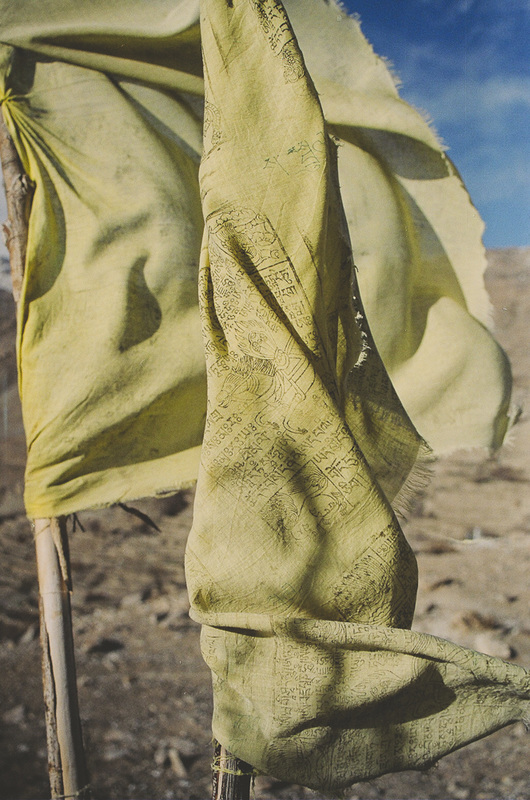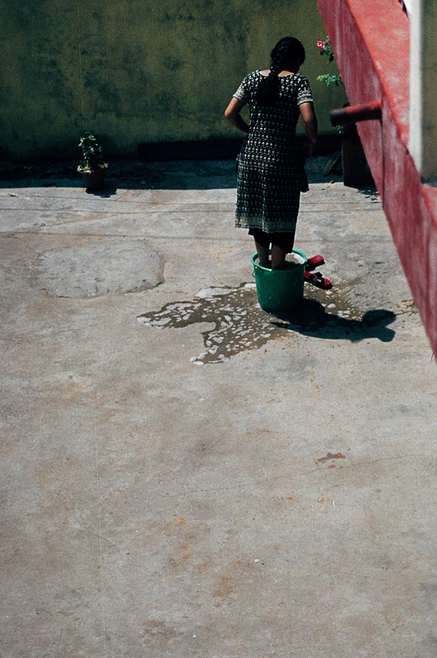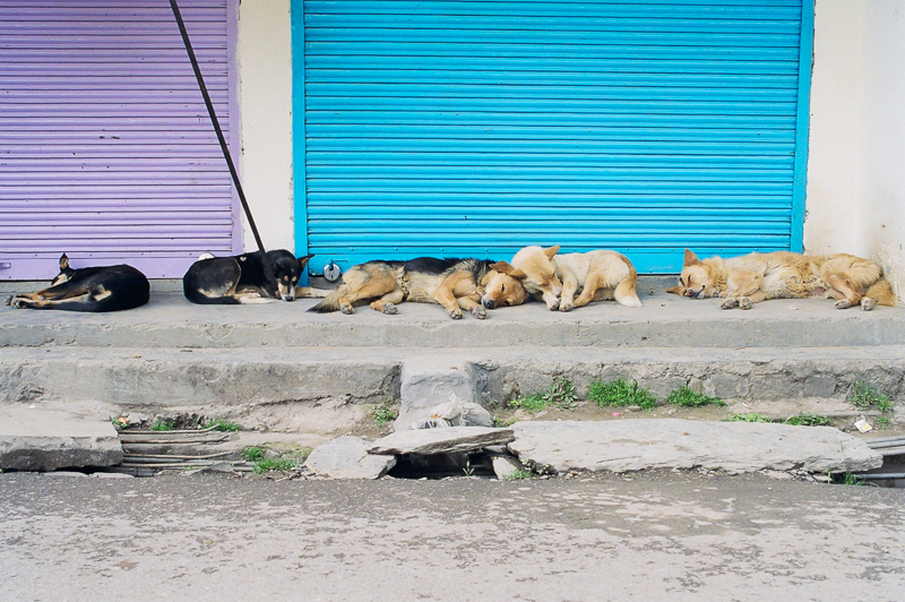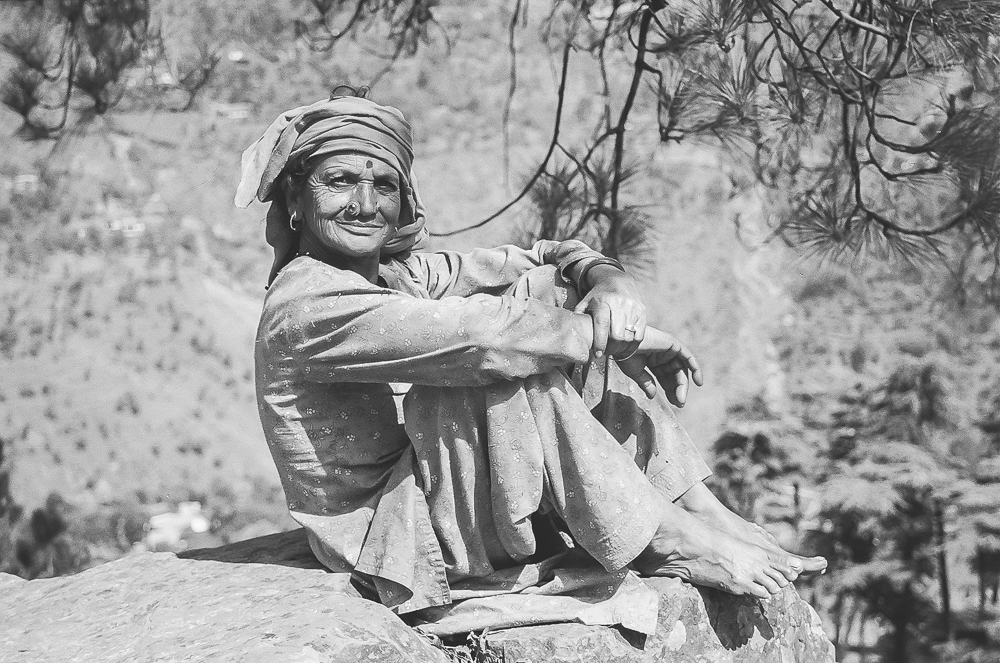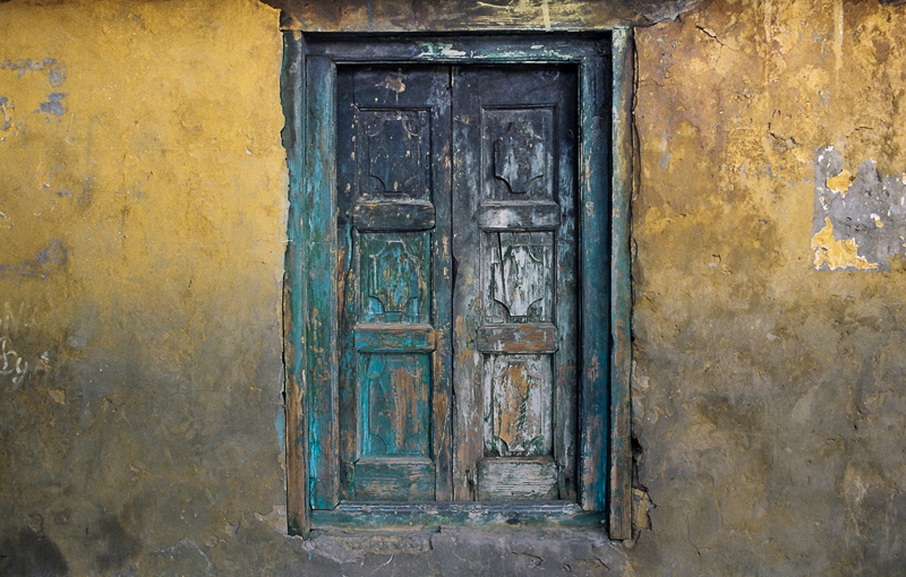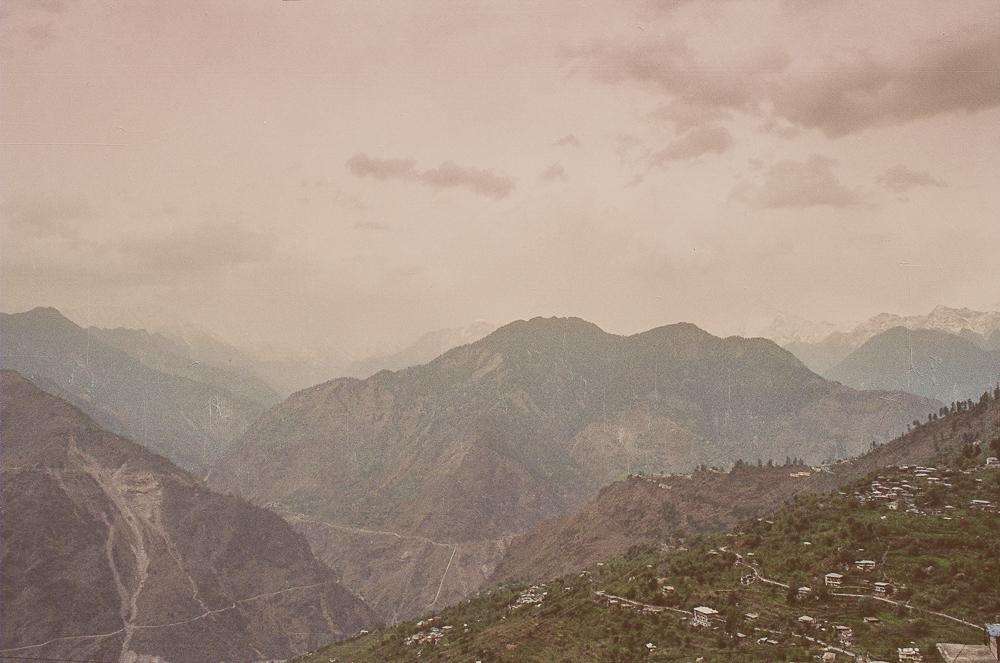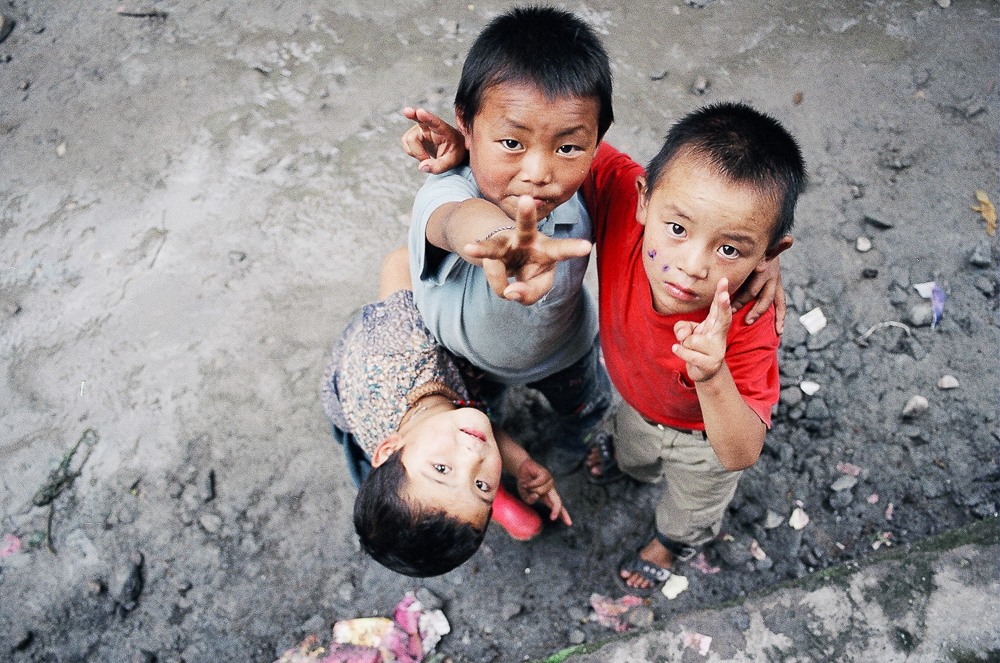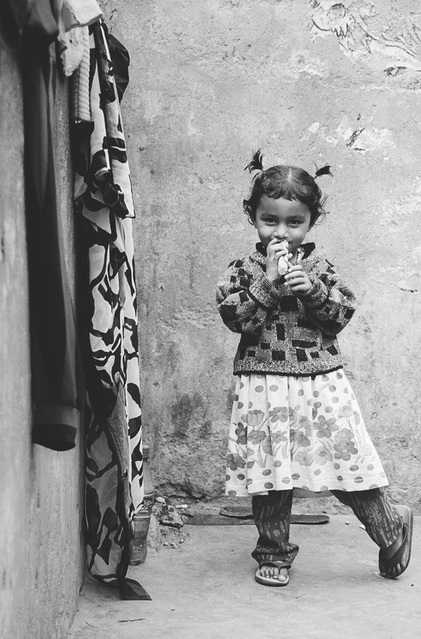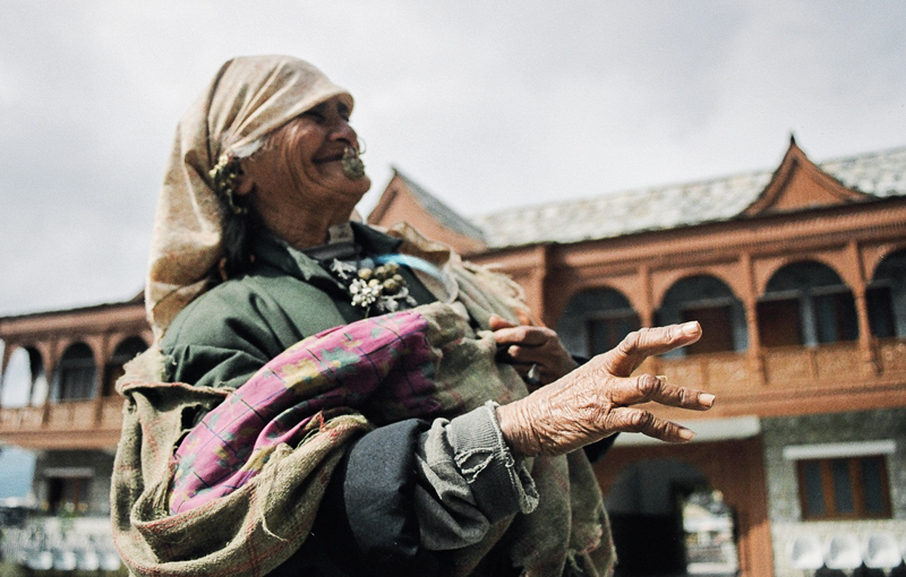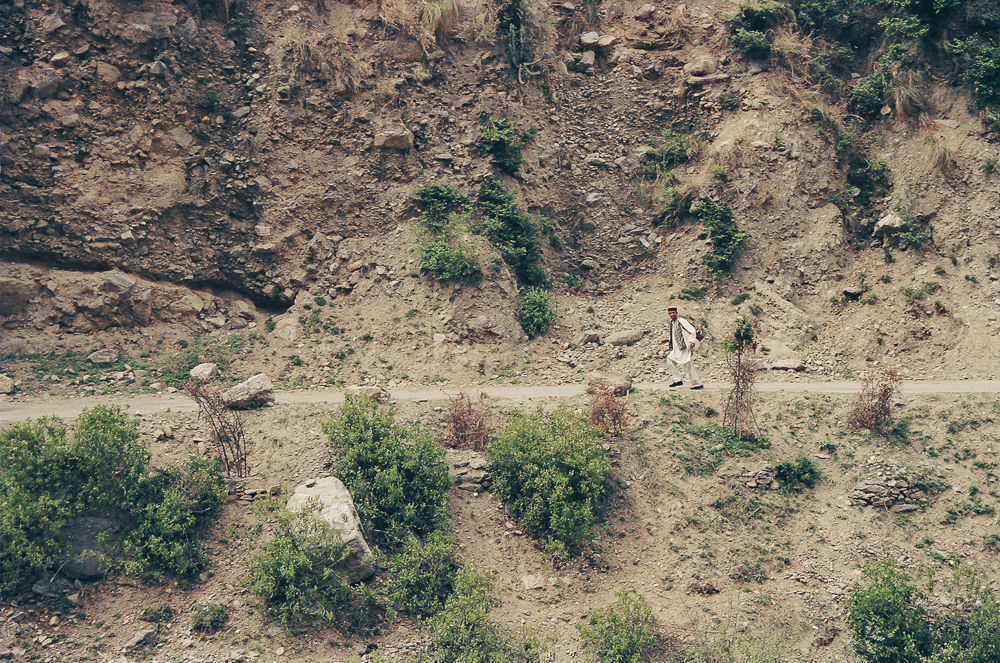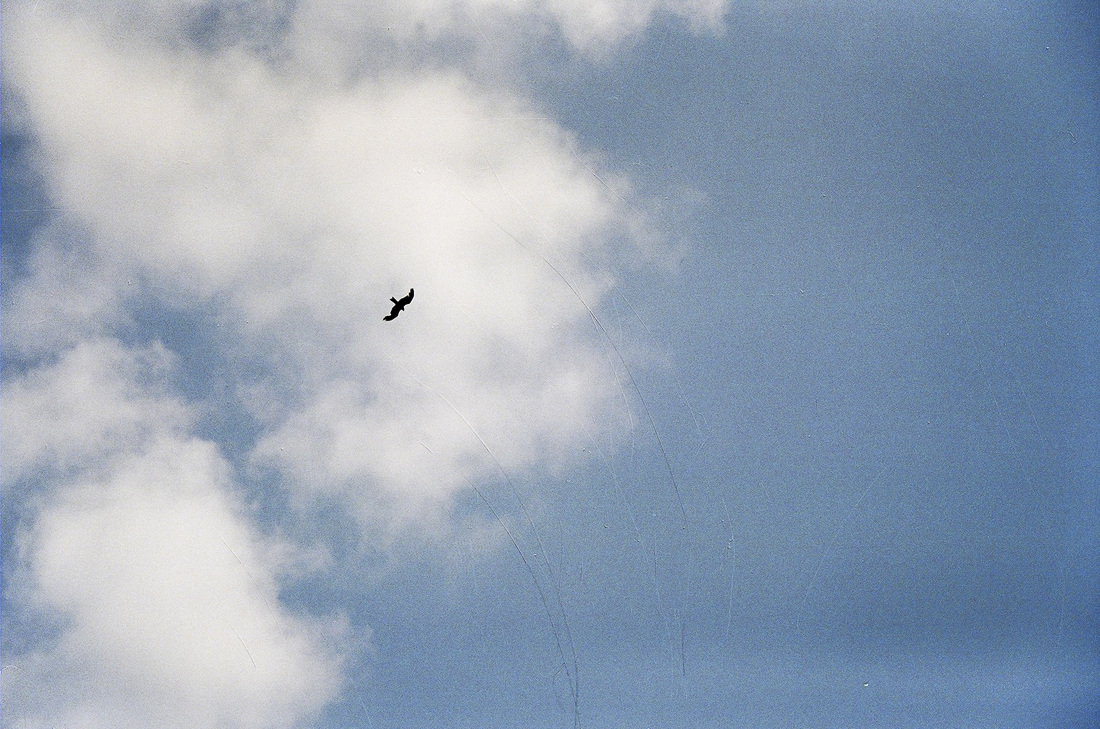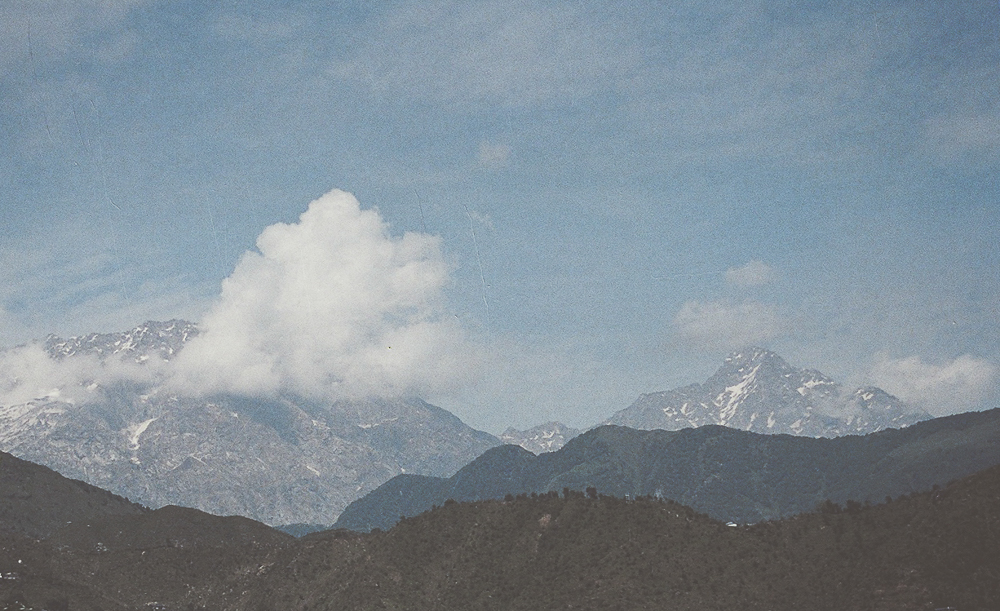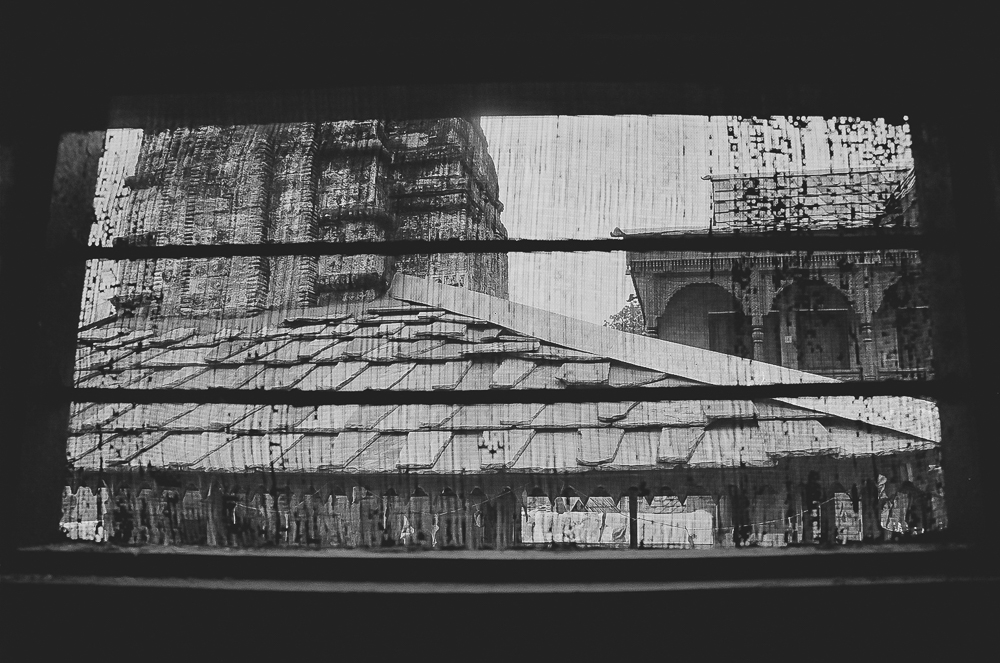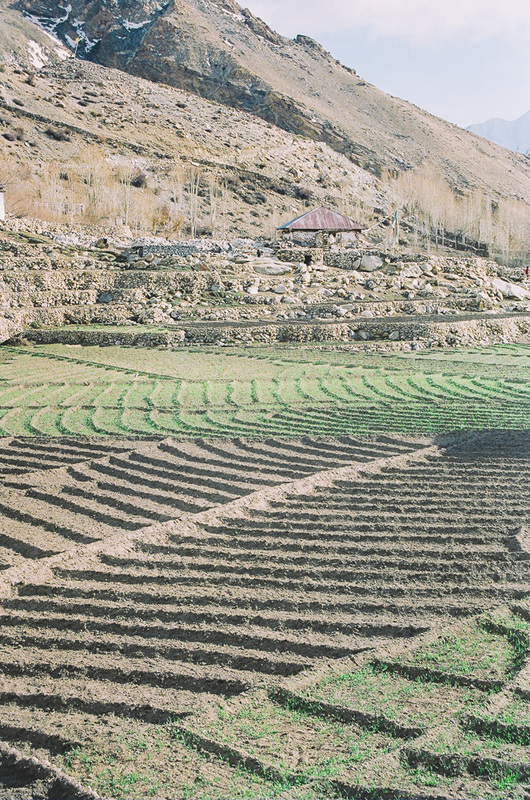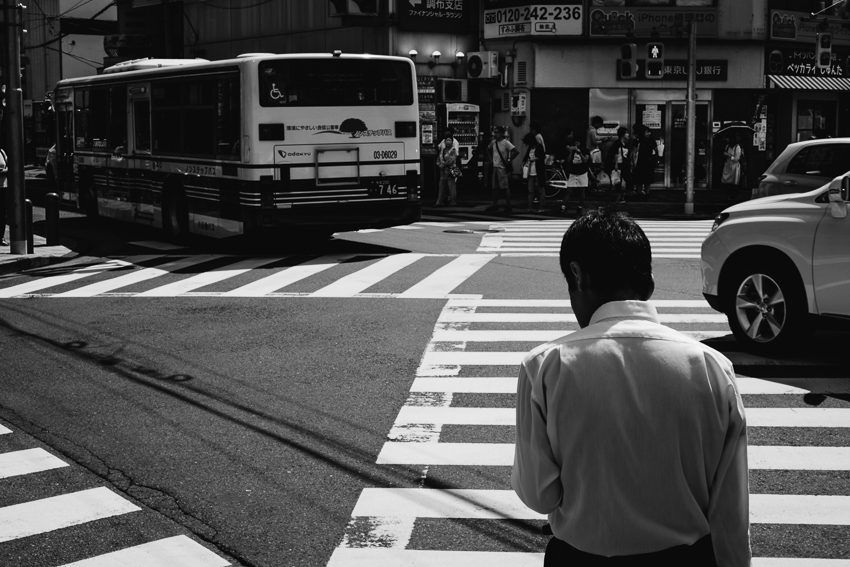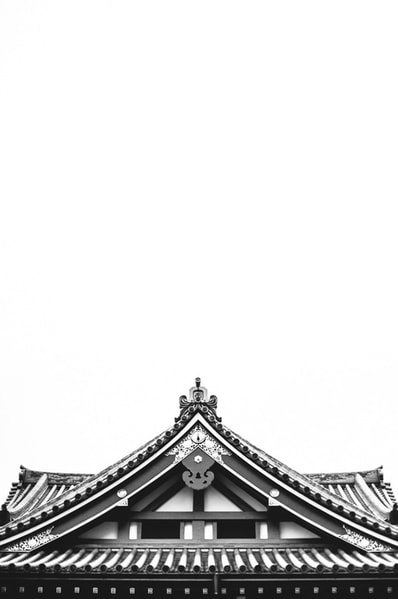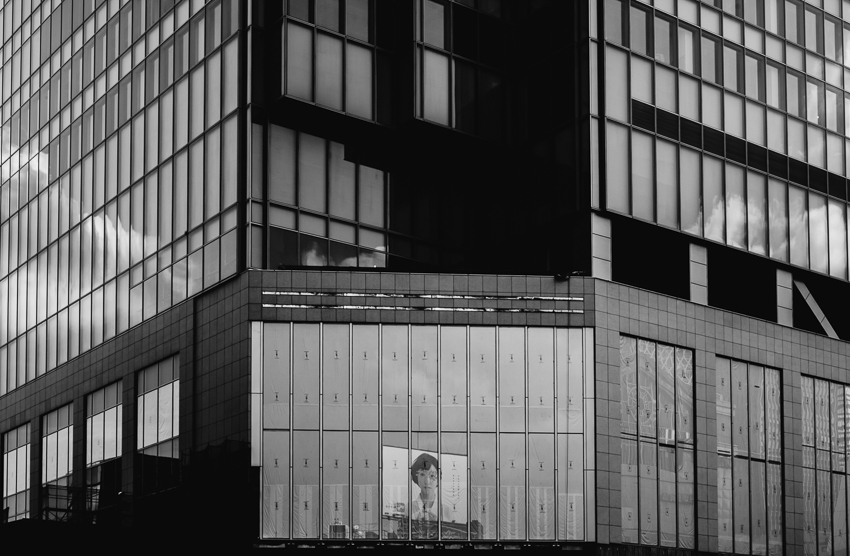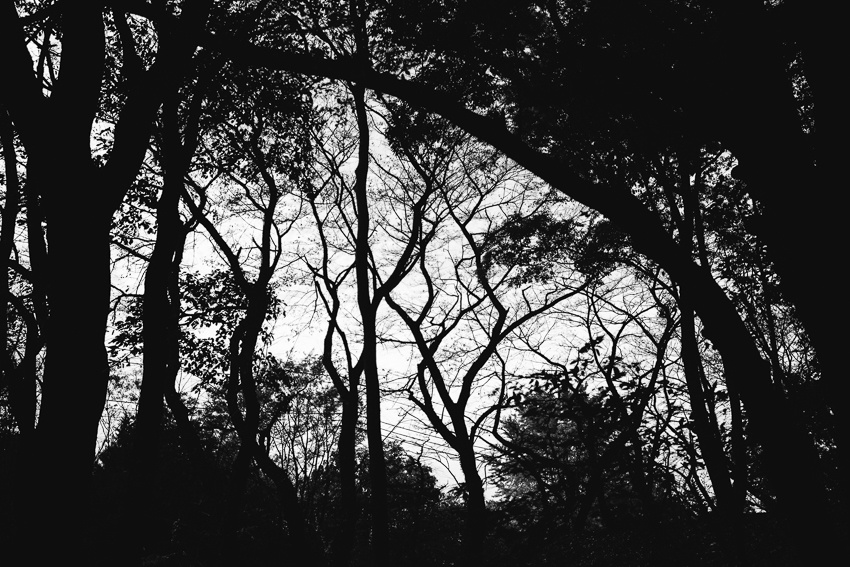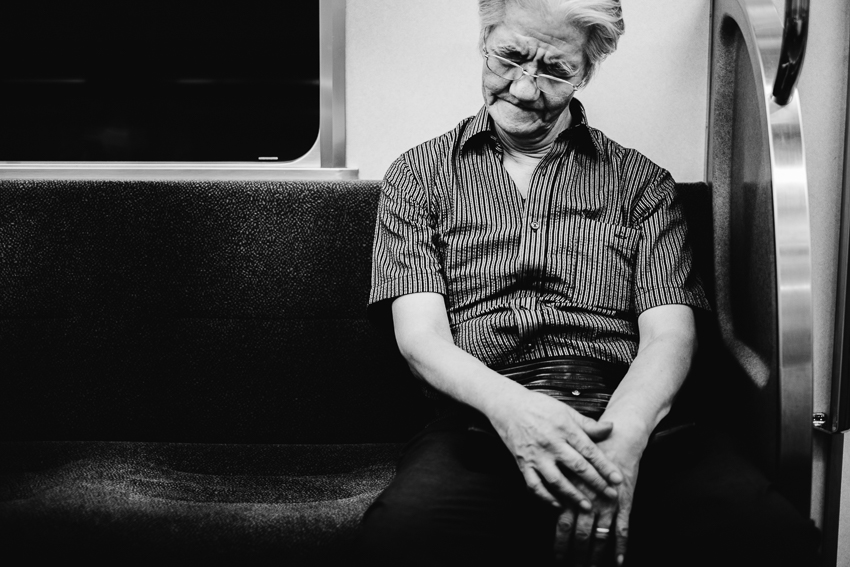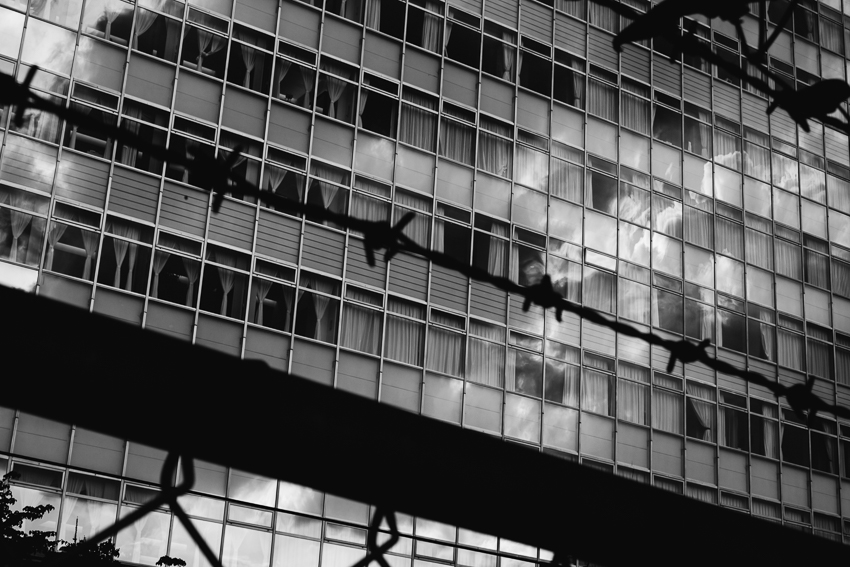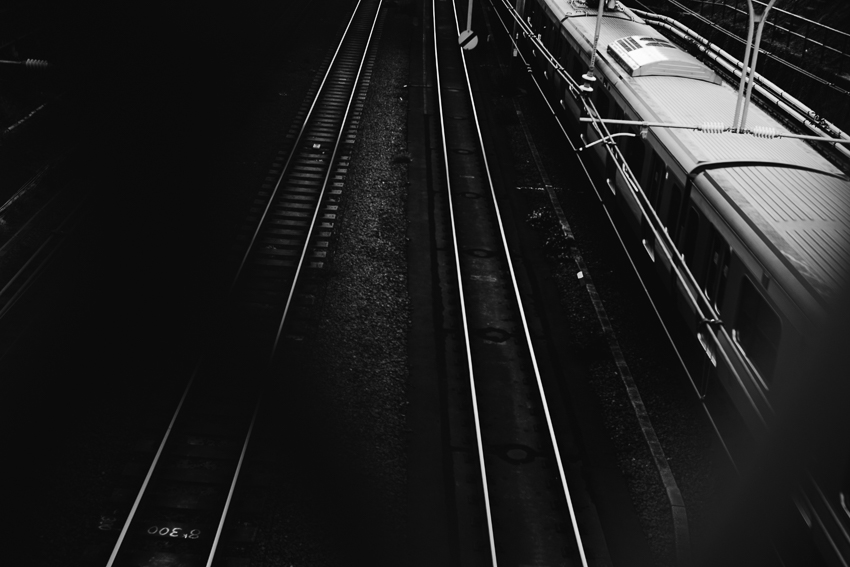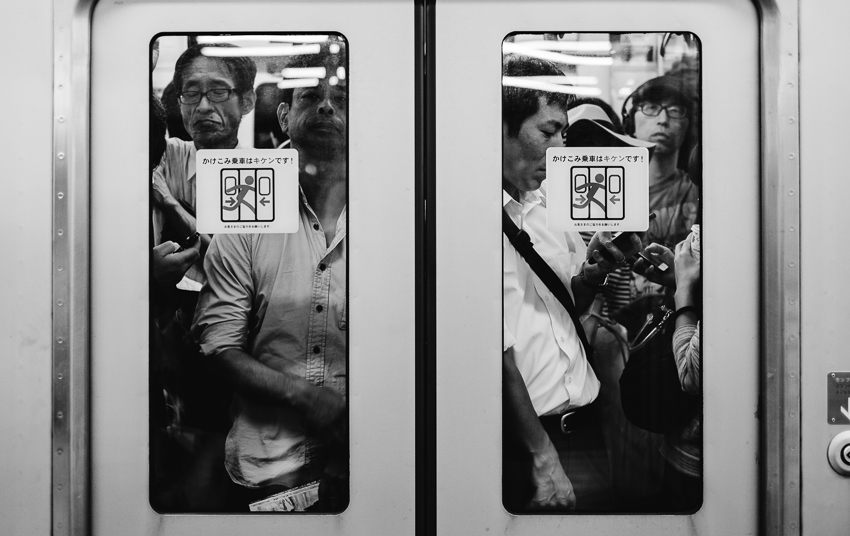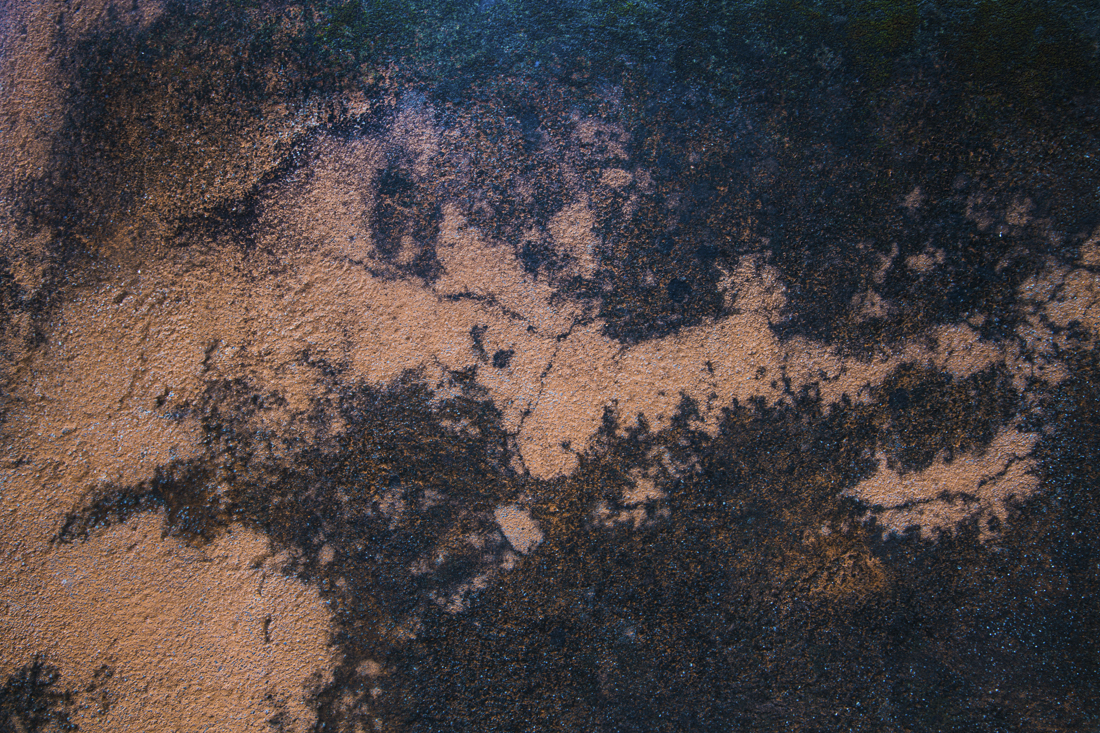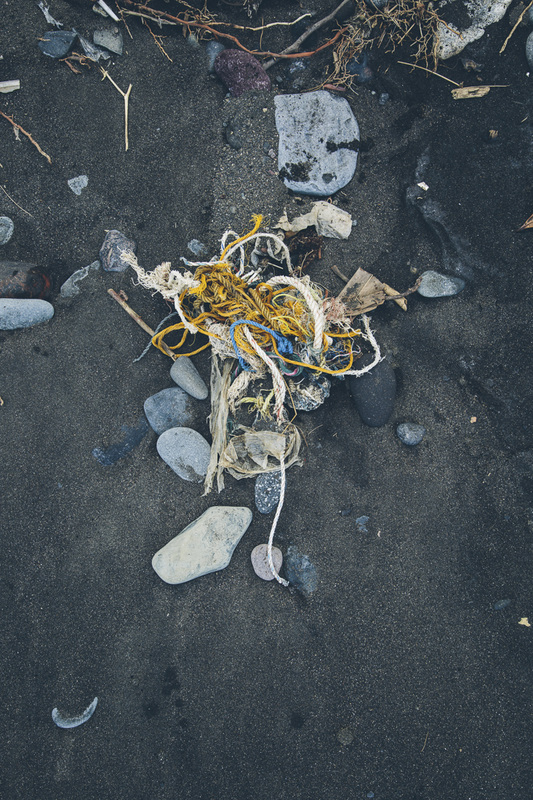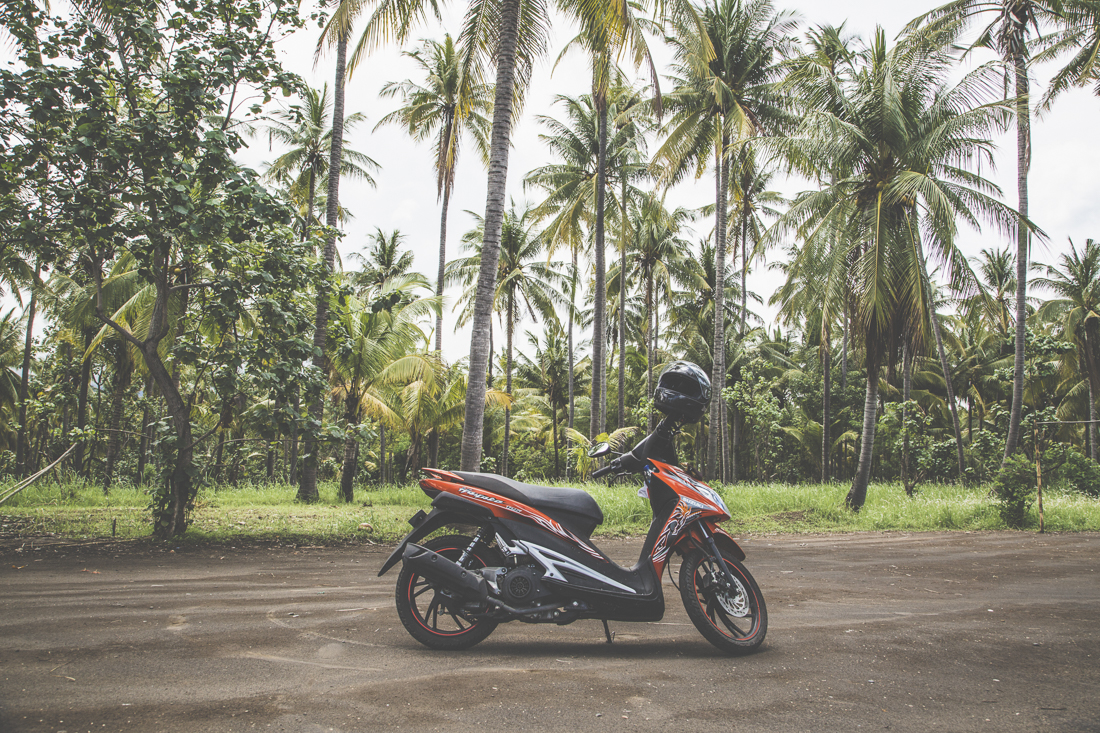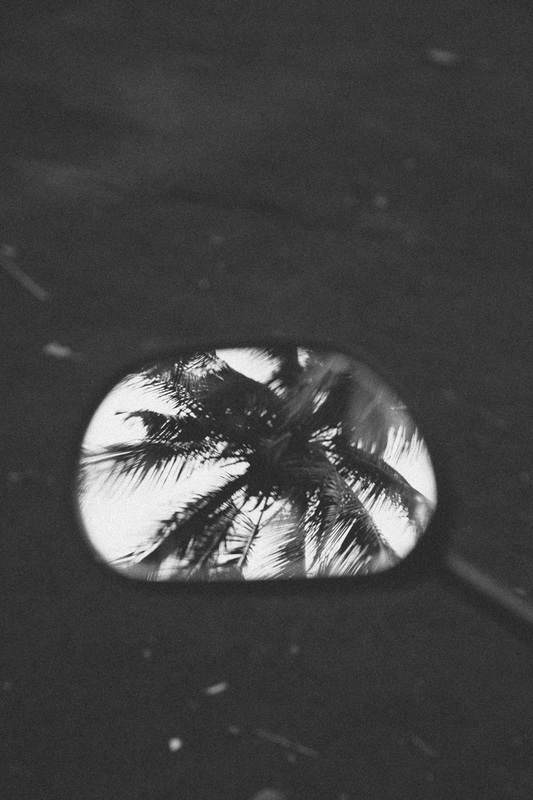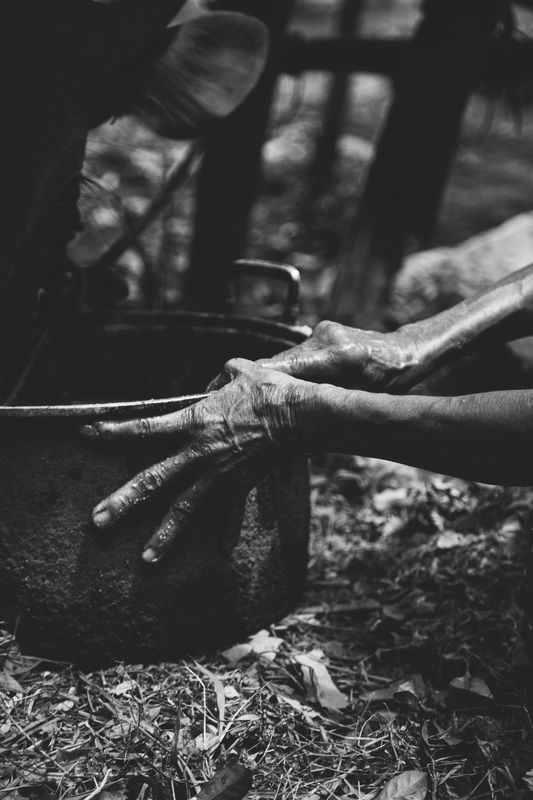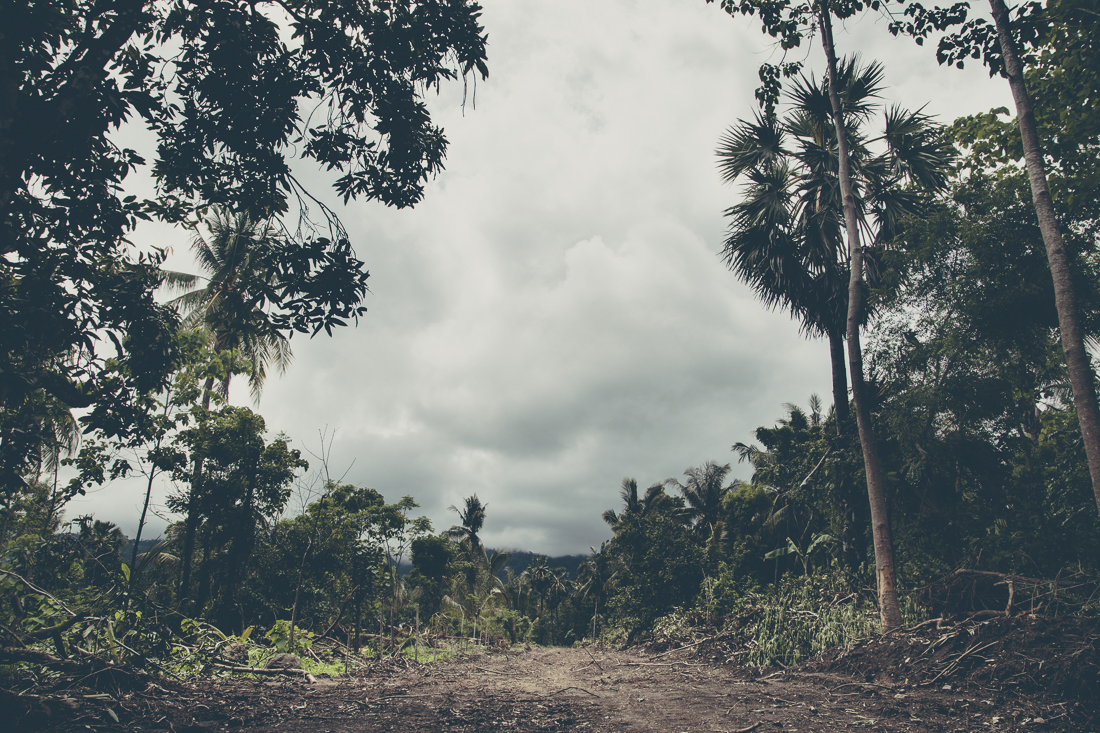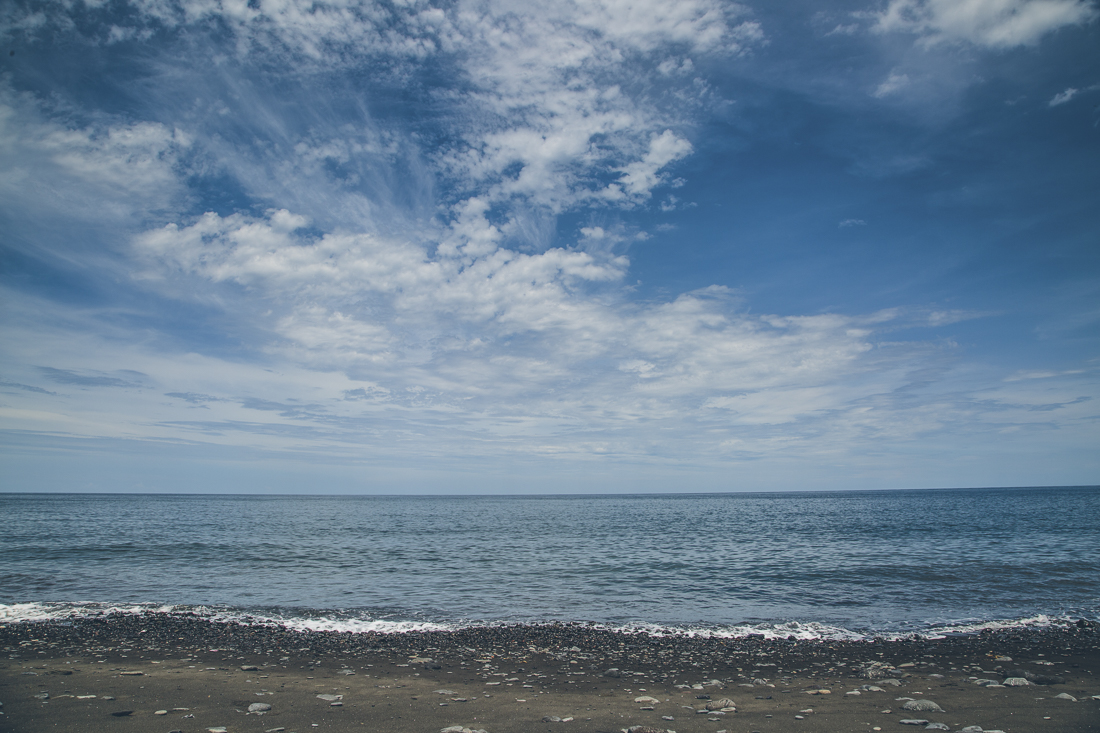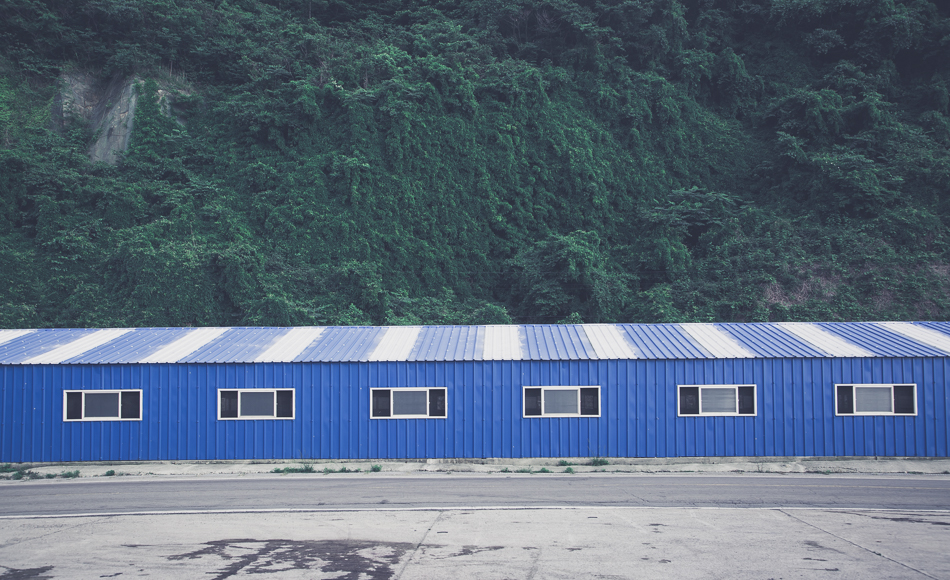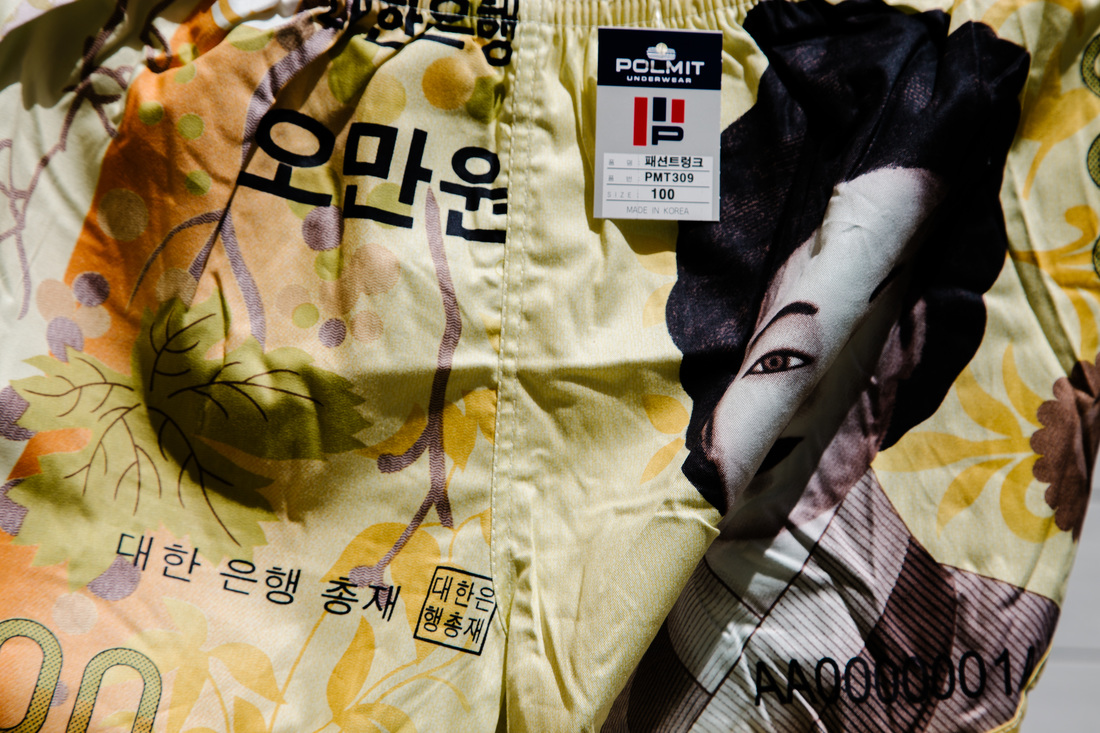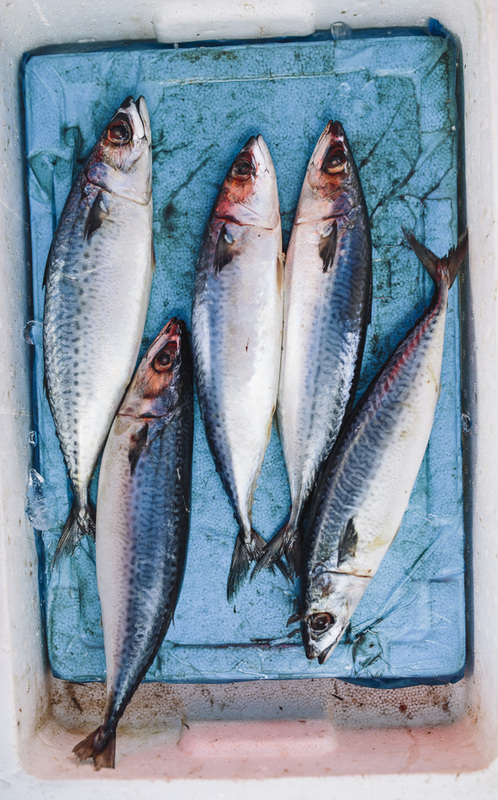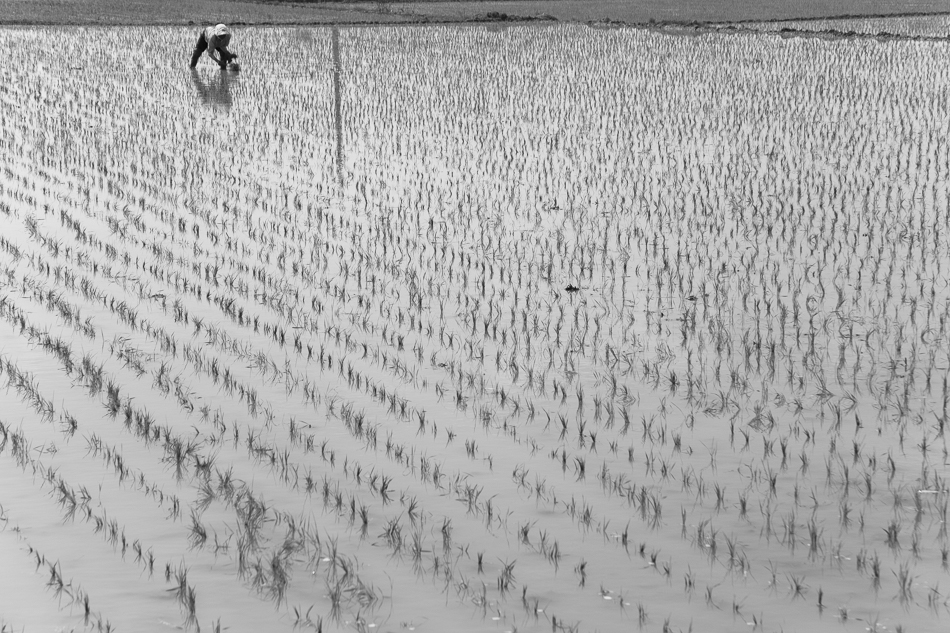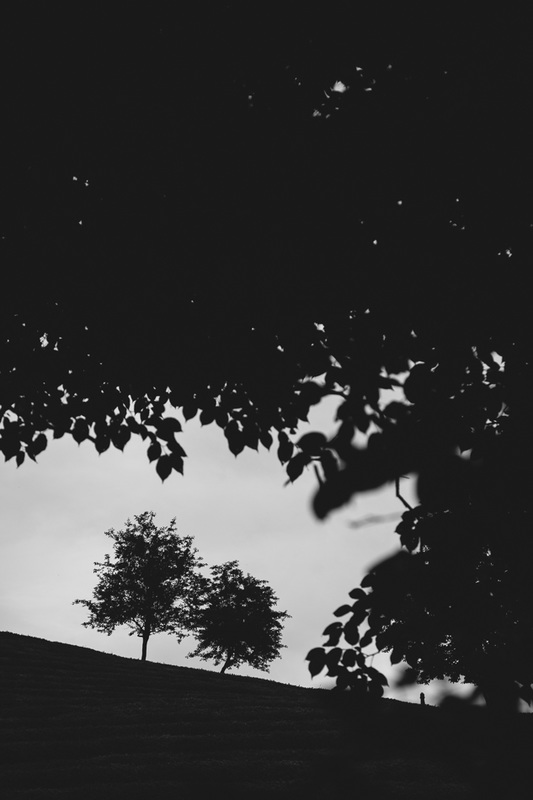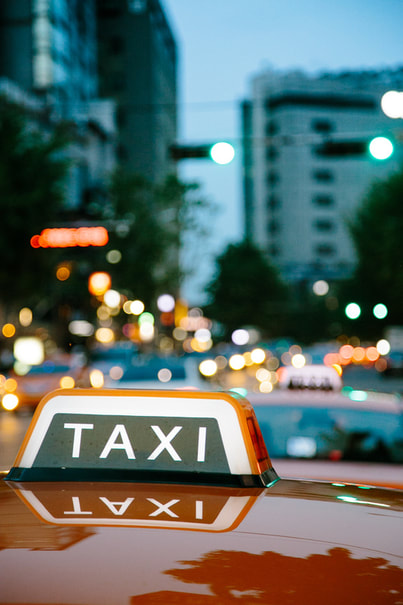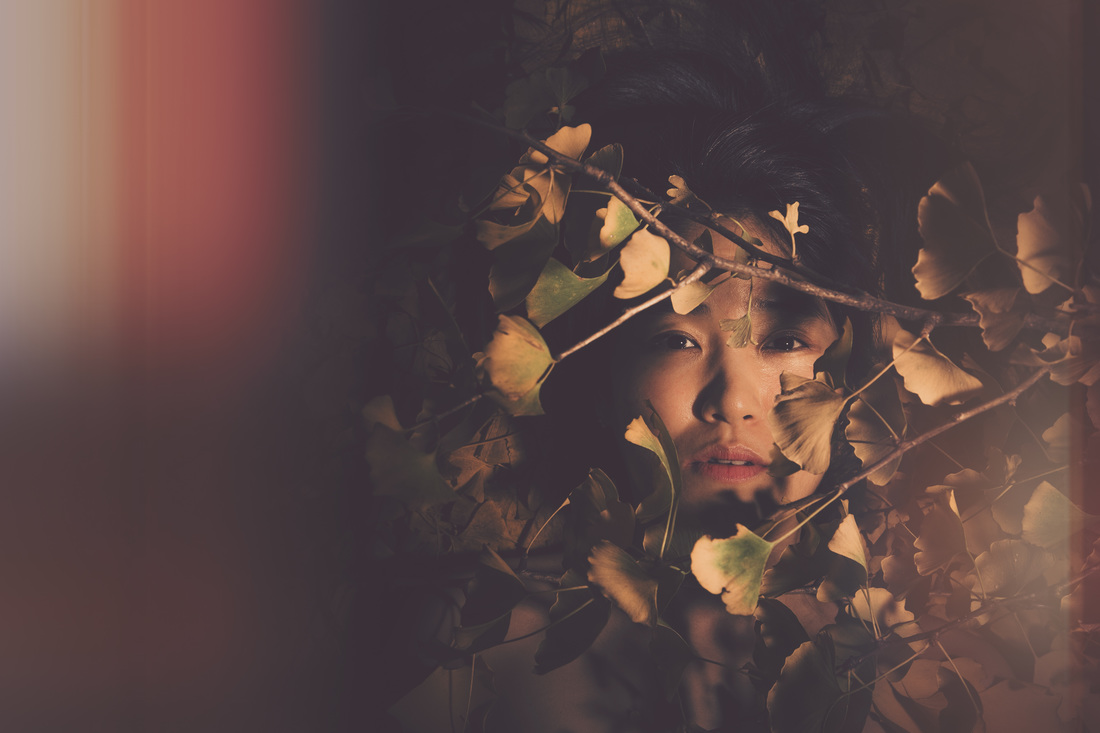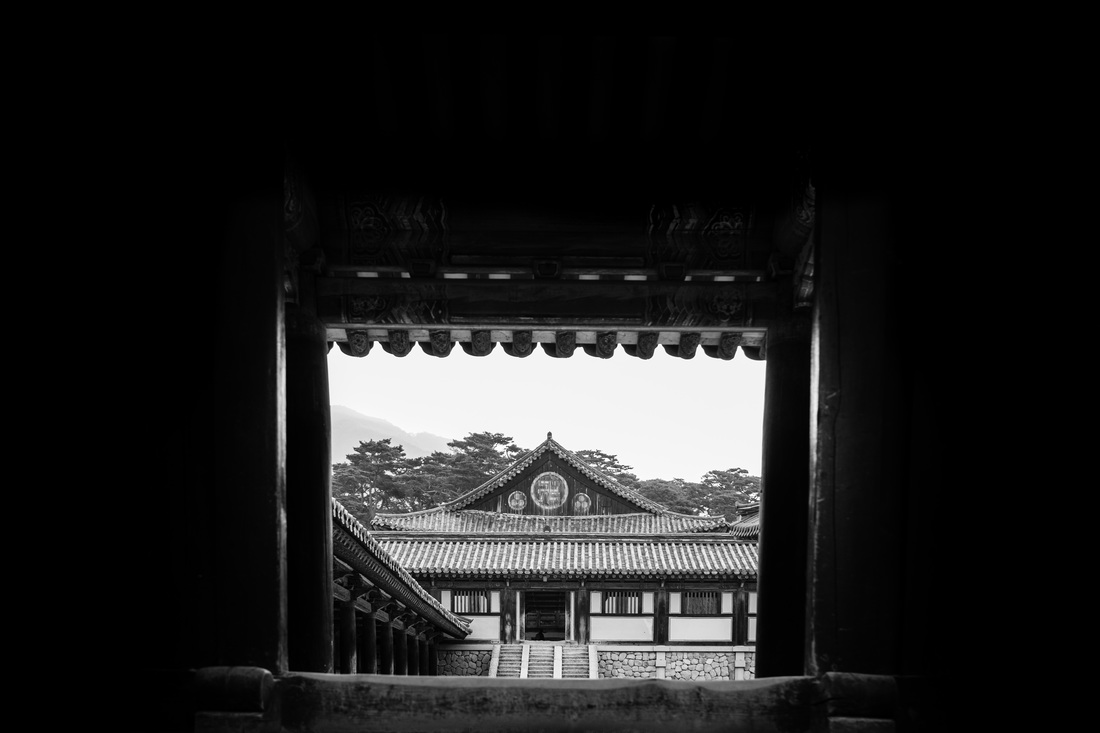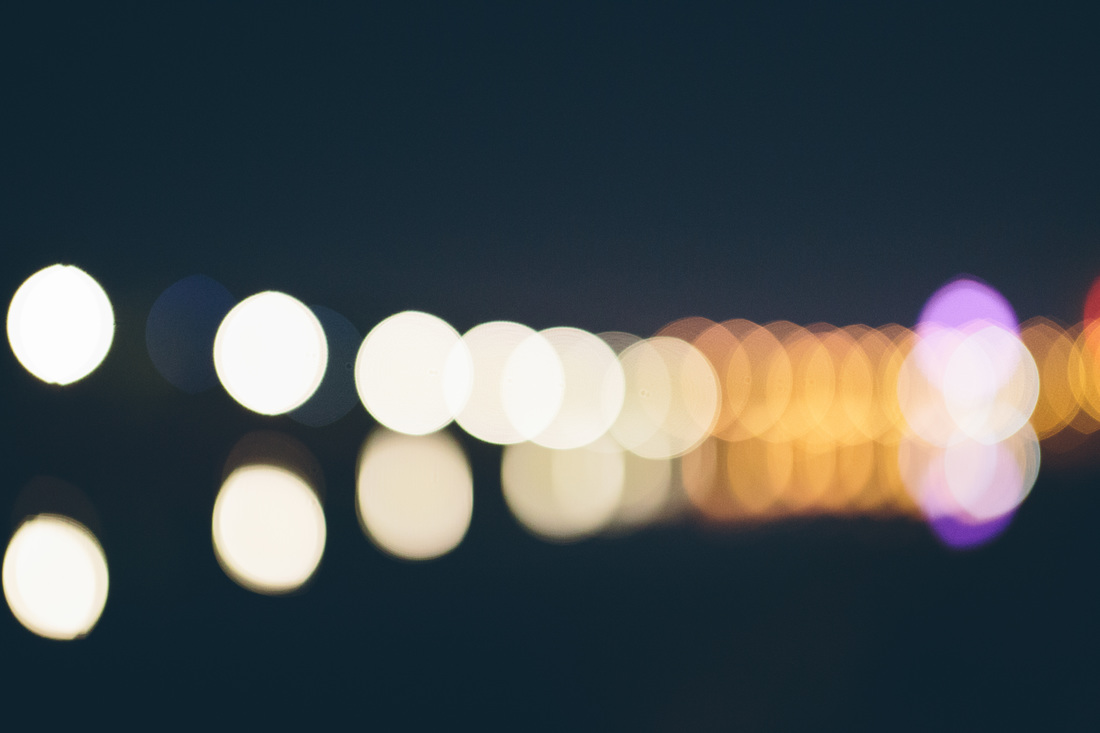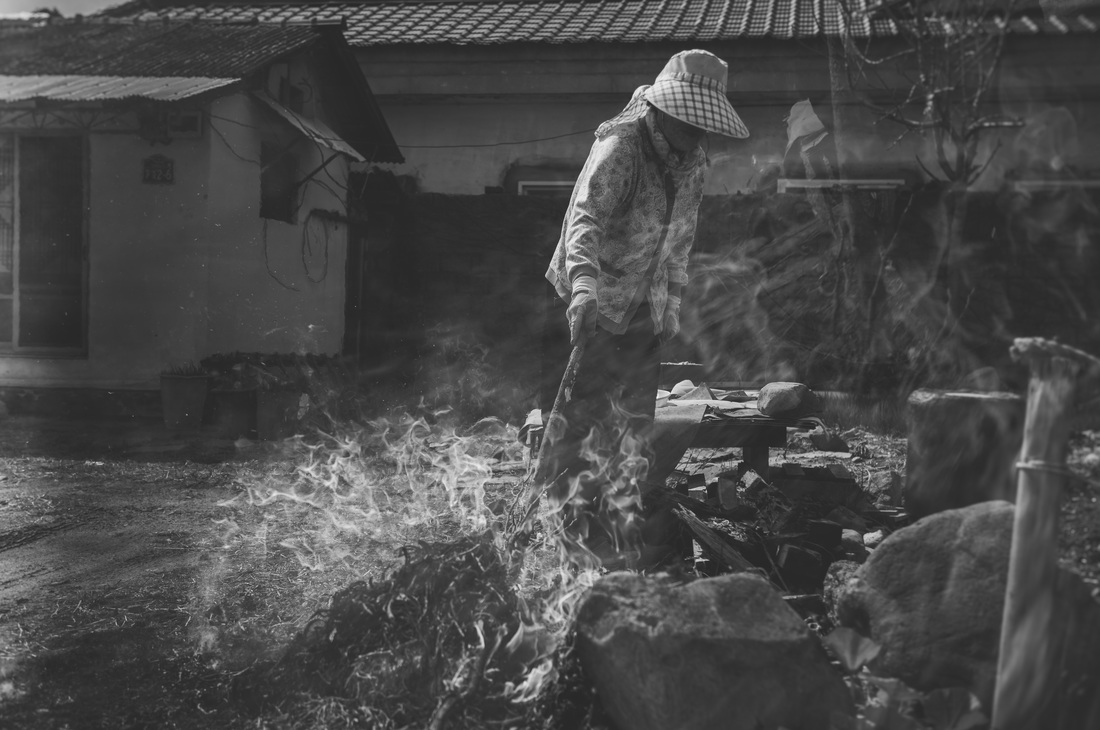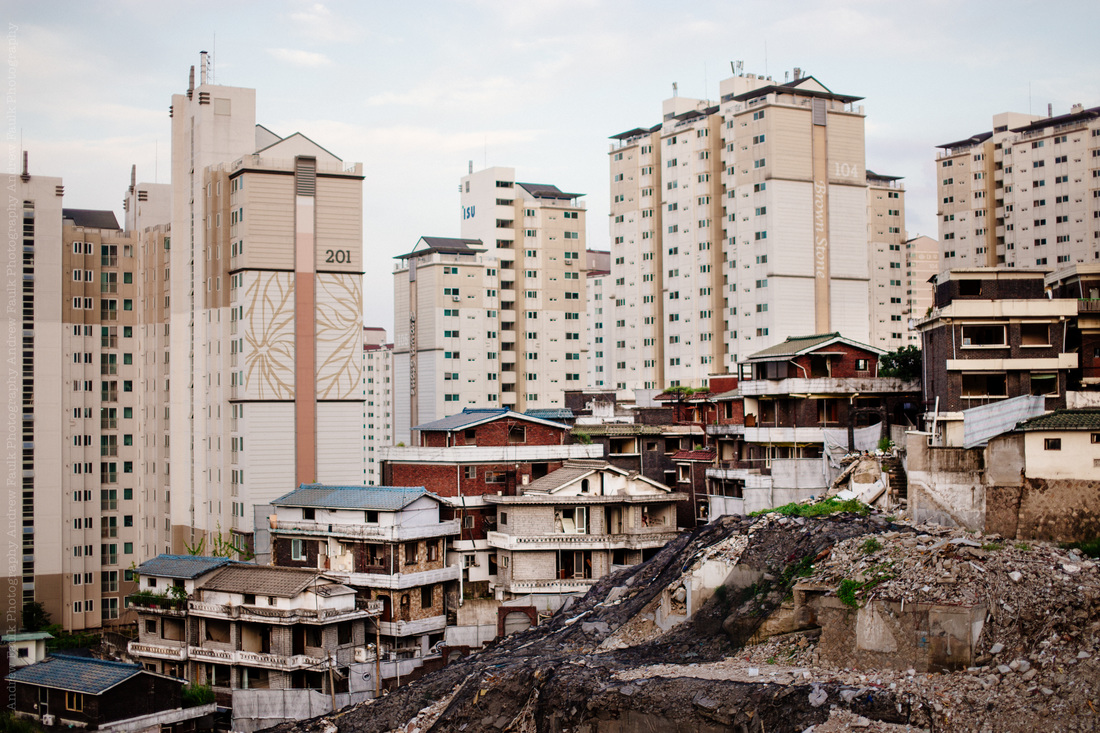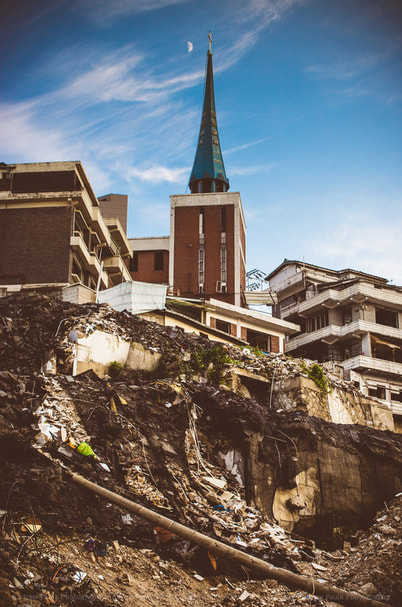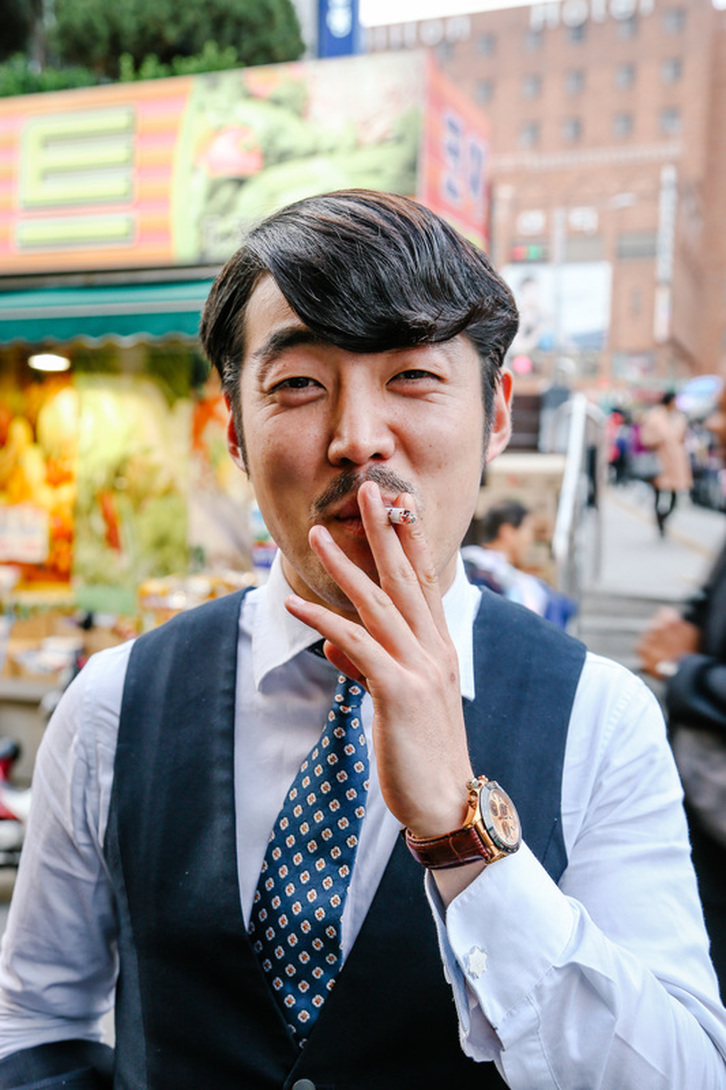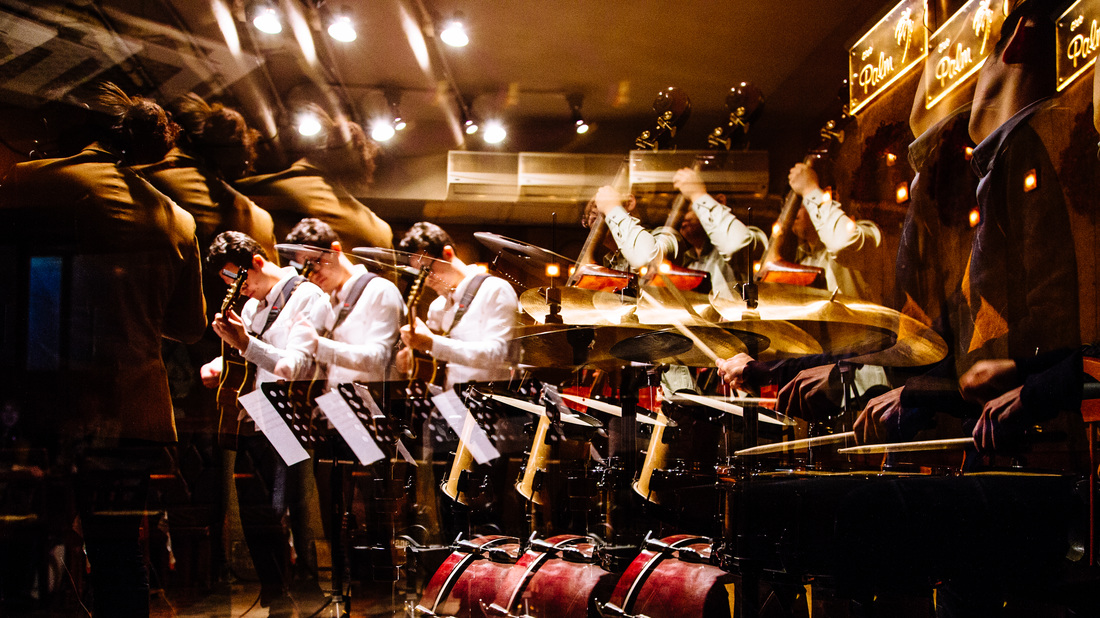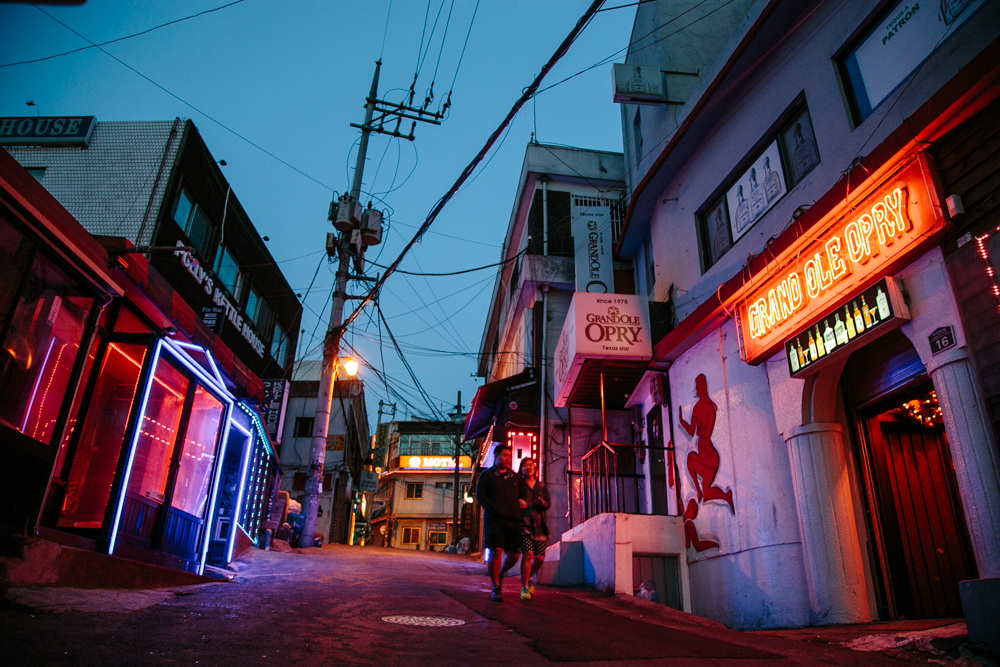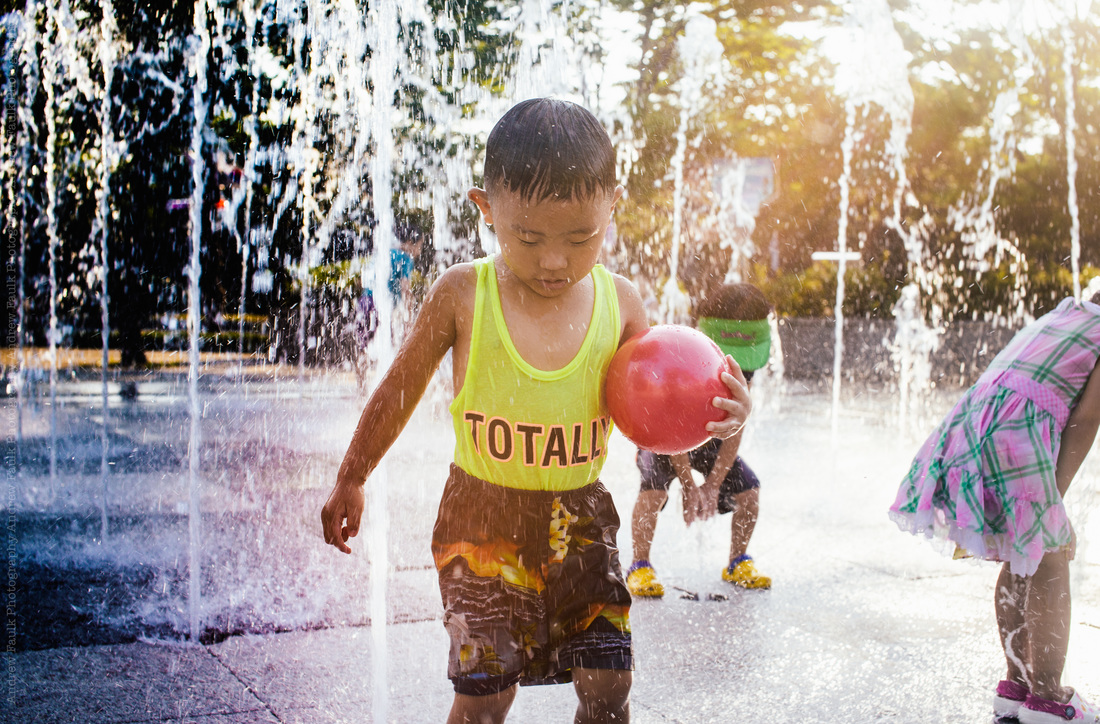Sapporo, Japan | Hokkaido's Urban HubWith a backpack full on lenses, extra underwear, and a heavy sweater I headed off to snowy Sapporo. After spending most of the winter in Tokyo, I was excited to get a change of scenery. I had been to Sapporo a few times before so I knew that the city contrasts more than it compares to the Japanese capital. The urban hub of the "North Island" is slower and more relaxed in pace. People are eager to stop for a chat and the weather, unlike Tokyo, screams winter. For these reasons alone I was happy to head north. After landing at Chitose Airport, I was eager to take the scenic train into the city and get out into the streets. But unlike my previous trips to one of the world's snowiest cities, I was in Sapporo to document the essence of the city for The New York Times. I put my personal agenda on hold and got to work as soon as I stepped off of the train at Sapporo Station. Over the next couple of days, I ran a "photographer's decathalon" to show The Times' readershhip what is possible with 36 Hours in Sapporo. But even with a specific assignment, I still managed to turn my lens here and there and got some snapshots of one of my favorite cities in Asia. More Travel Photography On The BlogNot all of my photographic work is portraiture...Much of my editorial photography steers completely away from my work as a portrait photographer and focuses on places and things. In fact, most of the photographs I take in my free time are of these other nouns. Of course I love making portraits when I travel outside of Tokyo. After all, I am primarily a portrait photographer. To me, there is nothing as special as making a human connection and photographing a new friend. But, the non-human elements that one finds throughout their travels are just as helpful in creating a sense of place as the people we encounter along the way. It is rare that I take a photograph that could be considered epic. Most of the photographs I take don't even deserve a post on my Instagram feed. But, every time I click my shutter I do aim to document something, even if I am doing the documenting for my future self. In the same way students take notes to assist in their cognitive processing of information, making images helps me form a sense of place and helps me place myself in a new environment. I take snapshots that will later spark memories. I take snapshots to help me reflect on my overall experience. Yet, the snapshot is not only taken for reflection later on down the line. When I pause to take a photograph, I actively acknowledge my subject and focus all of my attention upon it. When a frame is print or publication worthy, that is just the icing on the cake. On a recent trip to Thailand, I was admittedly snapshot happy. I loved every second of my time shooting frame after frame of everything and nothing. Snap. Snap. Snap. I got into a rhythm of shooting and moving on instead of pouring over every aspect of the shot, shooting the scene dry, hemming and hawing over my exposure levels until I was grumpy because I wasn't making "the perfect shot." Professional photographers take hundreds of thousands of photos a year. But most of these images are just snapshots. That's okay. Despite what many pro photographers will say, snapshots are just as important as those grandiose, larger-than-life images all photographers seek to capture and share. Snapshots are quick, fun, and easy. They don't take a great deal of thought and only require us to focus on composition. But more, snapshots are equally as capable of telling a great story and helping viewers (and their authors) gather a sense of place. When I got home from Thailand, I quickly imported and backed up all of my files (a lesson any seasoned photographer has learned the hard way). When I started reviewing the frames, I noticed a trend. I had spent much more time photographing non-living nouns than I did making portraits. I usually have a pretty balanced collection of images. But on this trip, it seemed as though I had focused on things instead of making crisp, portraits. I am fine with taking a breather from portraiture and shooting something a bit different. I am fine with the fact that I shot a massive collection of Thailand snapshots instead of grinding those epic landscape panoramas and exquisitely lit portraits out. Snapshots are more than what they are given credit to be. Not only do snapshots help to tell the story of a place, they will in some way help me hone my skills with my one true photographic love; portraiture. Years from now, the snapshots will also jolt my memory and remind me of a relaxing trip to one of my favorite countries in southeast Asia. More Travel Photography On The BlogMitaka, Japan 4:18 a.m. on a Wednesday Returning to Asia is always the same for me; wheels down, deplane, go through customs, grab my bag, catch a bus, hail a cab, climb the steps, open the door, flop down and thank god that it is all over. Just as the intercontinental routine repeats itself, the physical symptoms that accompany the journey are quite predictable. Every time is the same; nausea, dehydration, and feeling like ass (that is a medical term for sure). Coming home to Tokyo from North America just wrecks me. Arrival time doesn't matter and regardless what I do en route, I cannot seem to find the magic elixir that cures the body from the brutal, transcontinental trek. The morning after arriving back in Mitaka, I wake at the most horrid hours. This morning, for example, I was up at 3:27, wide-eyed and ready to drink coffee. When I was in university, 4:00 a.m. was when I was finding my stride. Now, I am only up at that hour because of an earthquake, a crying eight-month-old, or jet lag. Even though I am awake and physically functioning, all I can do at first is stare at the walls and sip dark brew. But, after a while, I pep up and start the day (even if it is 4:15 in the morning). Outside the house, the neighborhood lights are off and the dog next door isn't yet barking. The road is clear of cars and the only noises are natural ones. On these jet lagged mornings, there is little to entertain myself with outside of my Tokyo home. The only things moving are birds and the stray cats. For many, these still hours are boring and are void of possibility. I, however, enjoy this time as much if not more than the bustling hours of the day. The stillness is not the only reason why I love the early morning hours (Or late, late night hours depending on how you view them). The "silent time" is perfect for a variety of photographic tasks. With my household still and quiet, blogging and/or journaling comes naturally and, if I am not feeling up to writing, Lightroom is always screaming to be opened and portrait sessions can be planned. But it isn't just the fringe tasks that can be accomplished. Picking up my camera is easy to do in the early morning when I realize that I have beaten the sun up. When the rest of Japan continues on the natural rhythm of the timezone, jet lag provides me a window of opportunity to do as I like. While hellish to endure, the few luxuries of jet lag make it almost worth it. Alone In HanoiThere are many benefits of traveling with family and friends. But as a photographer, it is hard to have your cake and eat it too. When I am around friends and family, I am spread thin. With my camera in hand, I don't have the ability to fully concentrate on my loved ones. Likewise, my photography turns into garbage when I have companions an arm's length away. I make it a point to get away for a few days by myself each and every year. Traveling alone, I can more readily reflect on my photography craft and portrait business in Tokyo. I get the chance to work on manageable photographic goals. I daydream. I stroll at my own pace and take the necessary steps to learn about a place in ways that are conducive to me. I force myself to take deeper breaths. I recharge. I make photos. Last year I chose to head back to one of my favorite spots in Vietnam. If you enjoy good food and a great night's sleep as much as I do, then you will likely fall in love with Hanoi. The Vietnamese capital is one of the best spots in Asia for street, travel and editorial photography. With colonial architecture, textured walls and intriguing characters, Hanoi basically begs to be photographed. Even though the rain continuously fell, I was intent on hitting the streets with the small amount of photo gear I brought with me. After several days of shooting, I had a memory card full of images and a deeper appreciation for Hanoi. Without a schedule, I also had the time to jot down my thoughts about travel photography. With these four tips, anyone will be ready for some solitary time clicking the shutter all over Vietnam's capital. Travel Photography Tips for Hanoi1) ObserveSadly, many travelers completely fail to ever gain a sense of place. Place is much more than the tourist hotspots and historical monuments kept pristine for maximum appeal. Place is what remains when the layers of tourism are stripped away. Place is larger than the guidebook recommendations. Place is the essence of a location. Why spend your little vacation time and thousands of dollars to head to a new locations only to never actuallysee it? I like to think of this in terms of the "all inclusive" phenomenon. Lets say you head to Mexico. Upon arrival, you say hello to the man holding the sign with your name. You hop on a bus with other tourists and get to your palace hotel next to the ocean. And there you stay until you get back on the hotel's shuttle service to the airport. Have you ever actually seen Mexico? No, you haven't. I am not saying that plopping down on foreign shores for a little rest and relaxation is a bad thing. What I am saying is that you will never truly get a sense of place by resting on your laurels or by running around a place trying to capture it all in a day. The key to gaining a sense of place is observation. Open your eyes and see your surroundings. Be aimless in your observations. The construction worker molding steel gives as much insight into a location as the dancer in traditional dress or an ancient monument. 2) Be PatientIn a recent article I wrote for Manfrotto, I detailed my vision of a perfect day. For me, the speed of the day directly relates to how much I enjoy it. I like to take it slow, real slow. For me, a creeping pace doesn't just make for a more relaxing time. A slow demeanor also positively influences my photography. I get it. It is 2016 and everybody has places to go, money to make, people to meet and babies to kiss. But, not on vacation (or a travel assignment for that matter). As a travel photographer, a quick pace is anything but desirable. What's the freaking rush? You are traveling and your purpose is to relax and learn. Running around a foreign city spraying everyone and everything in continuous shooting mode will not yield the work you desire nor will it make you a better photographer. Instead, relax. Have a cup of Vietnamese coffee. Sit down for a chat. Walk slowly. Before you know it, a scenes will catch your eye. That spot could be a bridge, crosswalk, statue or ice cream vendor. As a photographer, you already know what will make a great photograph. Perhaps the conditions are not quite right. There might be a missing an human element in the frame or perhaps the light is still a bit flat. Instead of shrugging your shoulders and making a snapshot, be patient. Don't just grab and go. Patience is an attitude, a disposition. When you find a scene or a potential frame, have patience and trust that the universe will conspire to gift you the shot you envision. 3) Drop the GearMost photographers (from hobbyists to professionals) have a lot of gear, too much gear. Worse, we have trouble leaving the gear at home. We would rather pay extra luggage charges, take up carry on space and break our backs that to leave a single nicknack behind. I imagine that every photographer has an inner dialogue when packing their bag for a trip. Have you ever caught yourself thinking, "What if I need this thingamajig for scenario x?" How about, "I should probably also take my 24-105 as well as my 24-70." I know that I used to hem and haw over each lens, each filter as a pack for a trip. But, not anymore. Sure, having a specialized piece of equipment is great. However, these special pieces of gear are usually designed for very particular situations and have precise purposes that don't fit a wide variety of situations or conditions. You know the ones. That tilt shift lens you sometimes use and that fisheye you got last Christmas. You need to ask yourself what the likelihood is of that particular situation occurring on your trip. How much are you actually going to use each piece of gear you pack? One of my photographic goals for my trip to Hanoi was to bring only a small amount of gear. Thankfully, I achieved my goal and used every piece of equipment that I packed. We have to remember that it isn't the gear that makes photographs, it is the photographer. 4) Shoot PortraitsMy real start as a portrait photographer was on a trip to northern India. It was on that three month adventure that I really understood that a location is defined by those who call it home. Locals define locale. It might already make sense to you. At the time, the ideal was revolutionary to me as a traveler and as a photographer. With that realization, my focus shifted from taking pictures of places to making photographs of people. Now, I spend most of my time as a travel photographer shooting portraits. If people define the place, I would be doing a disservice by not taking portraits. There are characters everywhere you go and with a keen eye and a little background knowledge, it is easy to spot the personalities that will give your audience a sense of place. I liken making a portrait to making a friend. The more authentic you are as a person, the more genuine and trusting your subject will be. Spend the time to get to know your subjects and your portraits will be better for it. Hanoi's Old QuarterIf you are you a photographer planning a trip to Hanoi, the easiest place to rest and get your bearings is Hanoi's Old Quarter. These city blocks are a light version of Vietnam and will help first time visitors tip-toe into the city. With plenty of tourist friendly accommodation, food and nightlife, the heritage streets of the Old Quarter will spark a deeper interest in Vietnam and will provide a great spot for your travel photography. Do you have a favorite place in Vietnam (or anywhere else) for solo travel or another tip for travel photography? I would love to hear about it! Related PostsThe Indian Himalaya (2006)Building a mountain takes a long, long time. Gigantic movements of subterranean jigsaw-plates grind and push against one another to force the shell upward. Their constant plight is indifferent to time and set in a solitary mission. To exist is enough for a mountain. At some point the mass peaks and the timeline crests. A slow, laborious effort begins and the mountain allows itself to be withered away. Wind. Landslides. Rain. So is the life of a mountain. All photographs were taken throughout the Indian Himalaya in 2006. The images were made with assorted Kodak, Fuji and Ilford films. More On The BlogTokyo, JapanEach part of Japan has its own story to tell. Hokkaido whispers through its trees and snow capped mountains. The southern tip speaks in tropical rain patterns and lush vegetation. And Tokyo... Tokyo has a tome. Concrete beats with tectonic urges. People walk with a somber beat. Fast pace with melancholy undertones. Obviously, this city breathes life but, this fall, I only saw the city in monochrome. While it is hard to summarize a city with a few photographs, I did my best to show this end of Tokyo. AnnyeonghaseyoThe fourteen hour flight from Atlanta landed and almost everyone in sight jumped out of their seat. Young and old grabbed their stowed luggage and clogged the aisle. Though the seatbelt sign was still on, passengers began bumping into each other desperately trying to get towards the front of the aircraft. Was the galley on fire? Did every single person on the plane have a connecting flight in five minutes? Had someone in the back of the plane let an egg fart? I was so confused. I had no schema on which to build. Even before I experienced my first touch down in Korea, I knew that this jaunt across the pond would be different. Unlike my previous, international moves (which, in comparison, were just extended trips), I wasn't searching for a hostel to let me change sheets in exchange for a dorm bed. I wasn't a kid on a gap-year trying to "find myself." This time my goals had nothing to do with growing dreadlocks or meeting moon-faced girls. I wasn't loaded with a romantic vision of becoming a travel photographer. I didn't have a dog-eared Lonely Planet in my possession. The words "mahalo" and "namaste" were well worked out of my everyday vocabulary. I no longer had a backpack strapped and musty stink rolling off me. Instead, I arrived in Seoul with a beautiful wife, several suitcases, a folded issue of the Economist, and the faint smell of cologne. It occurred to me that this "trip" was different because I had traded one stereotype for another. I didn't come to Korea to travel. I came for a job. Feeling the bee sting of the realization, I rolled my eyes at myself and elbowed my way into the cattle drive and got off the plane. Fast forward six years... The farewells have been made or likewise avoided. A container full of the possessions that possess me is on its way to my new home in Tokyo, Japan. The camera gear is packed. The flight itinerary is on the kitchen table. My passport is burning a hole in my pocket. I realize that it is going to take a while to drop "kamsahamnida" and "juyseyo" from my lexicon. All of this excites me and makes me grateful. And again, malleable me is a new stereotype... Stay classy Seoul. Many Thanks!I am so grateful to have been accepted and included by such a positive network of fellow photographers. Thank you Dylan Goldby, Jessica Marie Berggrun, Marco Devon, Greg Samborski, Sharon Heit, Jason Teale, Scott Rotzoll, Chris Cusick, John Steele, Jerry Sam, Pete DeMarco, Simon Slater, Lorryn Smit, Simon Bond, Mark Eaton, Roy Cruz and Damari McBride for your tremendous support. I am in your debt.
|
TABO PHOTO
Blog Categories
All
|
